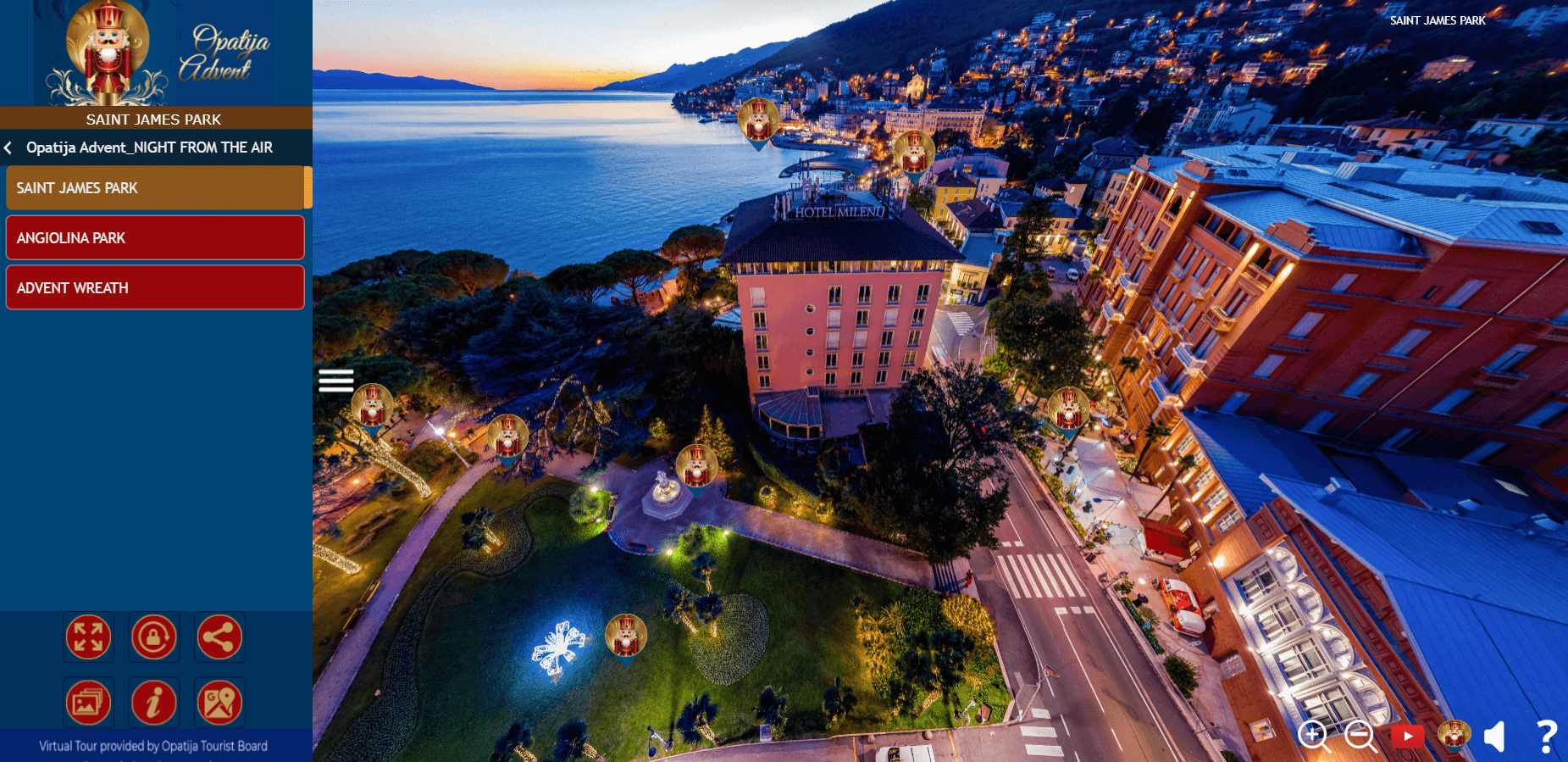NP Ucka Hosting Biggest Fair of Traditional Istrian, Kvarner Products
September the 1st, 2022 - NP Ucka is set to play host to the largest fair of traditional products from the Istrian peninsula and Kvarner on September the 4th, with free transport heading there from the gorgeous town of Opatija.
As Morski writes, the fourteenth edition of the Ucka Samanj will be held on Sunday, September the 4th, 2022 at NP Ucka, from 10:00 to 20:00. The fair will also be expanded to cover lectures, workshops and the screening of a film which will take place during the morning hours.
This traditional manifestation will finally take place once again after two pandemic-dominated years, and it is otherwise known as the largest fair of traditional products in Istria and Kvarner. Ucka Samanj will also showcase sales and exhibitions, educational lectures and workshops, a programme for children and a cultural and entertainment programme this year.
This event at NP Ucka will work to promote the cultural and natural heritage of this protected area and support local producers of traditional products from across Kvarner and Istria. As such, this year, local products from both sides of NP Ucka will be presented at the fair, and visitors will have the opportunity to experience the legacy of the Istrian peninsula and the hinterland of the Opatija Riviera, through the presentation of associations that nurture the traditional culture of this area, as well as through the presentation of old crafts and native animals. About 50 exhibitors, associations and organisations will participate in the event.
Visitors will be able to get much better acquainted with the traditional production of locally-made instruments in this part of the fair, including the forging of iron, the making of wooden figurines, mushroom hunting, local cultural heritage and much more.
The sales part of the fair will cover the rich offer of local manufacturers, and among other things, various dairy, meat and dried products, honey, fruit, brandy and liqueurs, wines, craft beers, teas, vepin products, jams, and natural cosmetics will be sold at the booths. Free bus transport to the NP Ucka fair will be provided from Opatija.
For more, make sure to check out our dedicated lifestyle section.
New Croatian Post Logistics Centre for Kvarner and Istria Opens
ZAGREB, 11 March 2022 - A new Croatian Post logistics centre for the Kvarner and Istria region, worth nearly HRK 60 million, was opened on Friday in the Kukuljanovo industrial zone in the Bakar area.
The 4,200-square-metre centre has areas for sorting, transporting and delivering mail, a distribution facility and workshops as well as a post office. Over 300 employees work at the new location.
A modern business centre for the Kvarner and Istria region will improve the quality of delivery in that area. Its construction completed the largest investment cycle of Croatian Post, and Istria and Primorje-Gorski Kotar counties now have one of the four most modern sorting facilities in Croatia, including facilities in Zadar and Osijek and the new sorting centre in Velika Gorica.
Sea, Transport and Infrastructure Minister Oleg Butković said he was pleased that a state-owned company had been a positive example of business for years and that Croatian Post was on an equal footing with the world's largest posts.
The minister said that global changes didn't surprise Croatian Post and that many investments in infrastructure and digitalisation had turned it into a successful modern company that had a great impact on the economy and encouraged the development and growth of overall logistics.
He said that Croatian Post had nearly 10,000 workers and more than 1,000 post offices, and that its annual impact on the Croatian economy was estimated at half a billion kuna.
The president of the Croatian Post Management Board, Ivan Čulo, said that the opening of the new centre completed the first real investment cycle of over HRK 1.2 billion, underscoring these were their own funds and ideas.
Čulo said Croatian Post was now an exceptionally modern company and that further development was expected.
He pointed out that parcel services were the company's focus and that Croatian Post was one of the highest quality companies in parcel distribution.
For more, check out our business section.
Via Apsyrtides, Long Distance Hiking Trail That Redefines Island Hopping
March 10th, 2022 - The trail is 149 km long in total and connects the islands of Cres, Lošinj and Ilovik
A unique hiking trail has been established in Croatia that will redefine island hopping. Named Via Apsyrtides, the transversal runs through the islands of Cres, Lošinj and Ilovik, providing a new way to explore the Croatian coast and bask in the dreamy Mediterranean vibes unbothered by the summer crowds.
The long distance trail connects Cape Jablanac, the northernmost point of Cres, with Cape Radovan on Ilovik island at the southern tip of the archipelago. The trail is approximately 149 km long in total and consists of 11 stages varying in length and difficulty, totaling 4,000 metres of elevation.
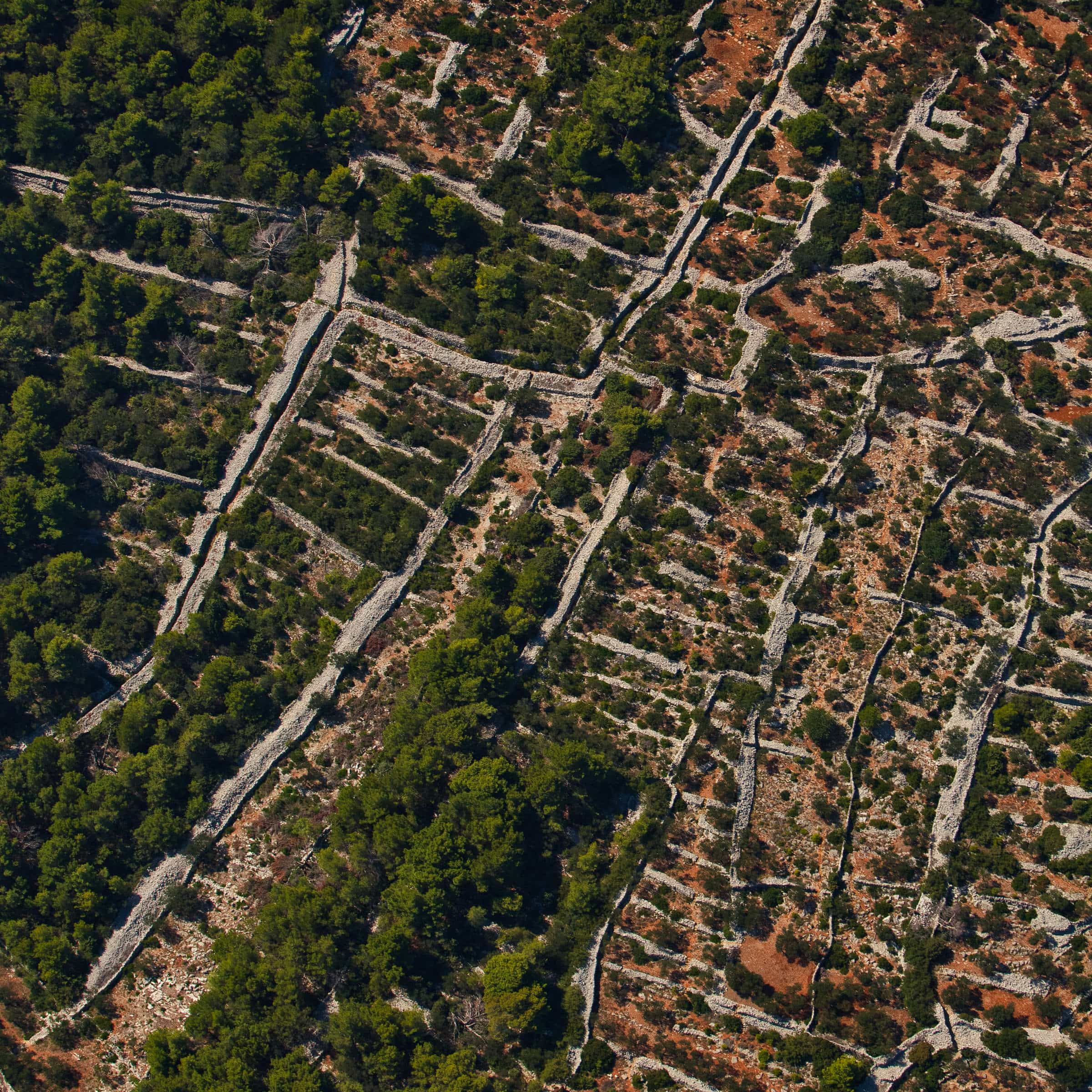 Lošinj / Mario Romulić
Lošinj / Mario Romulić
Why Via Apsyrtides? The poetic name has its origins in the Greek myth of Jason and the Argonauts, a story which also gave the name to the entire archipelago of Cres and Lošinj.
When the Argonauts fled Colchis with the Golden Fleece, Medea’s brother Apsyrt was tasked with retrieving the stolen treasure. Legend has it that Apsyrt finally caught up with the crew in the Northern Adriatic, whereupon he was tricked by his own sister and was captured by Jason’s crew.
Jason killed poor Apsyrt and Medea then chopped his body into pieces, which transformed into islands upon being thrown into the sea. An unnecessarily cruel move, perhaps, but the newly formed archipelago was named the Apsyrtides in his honour.
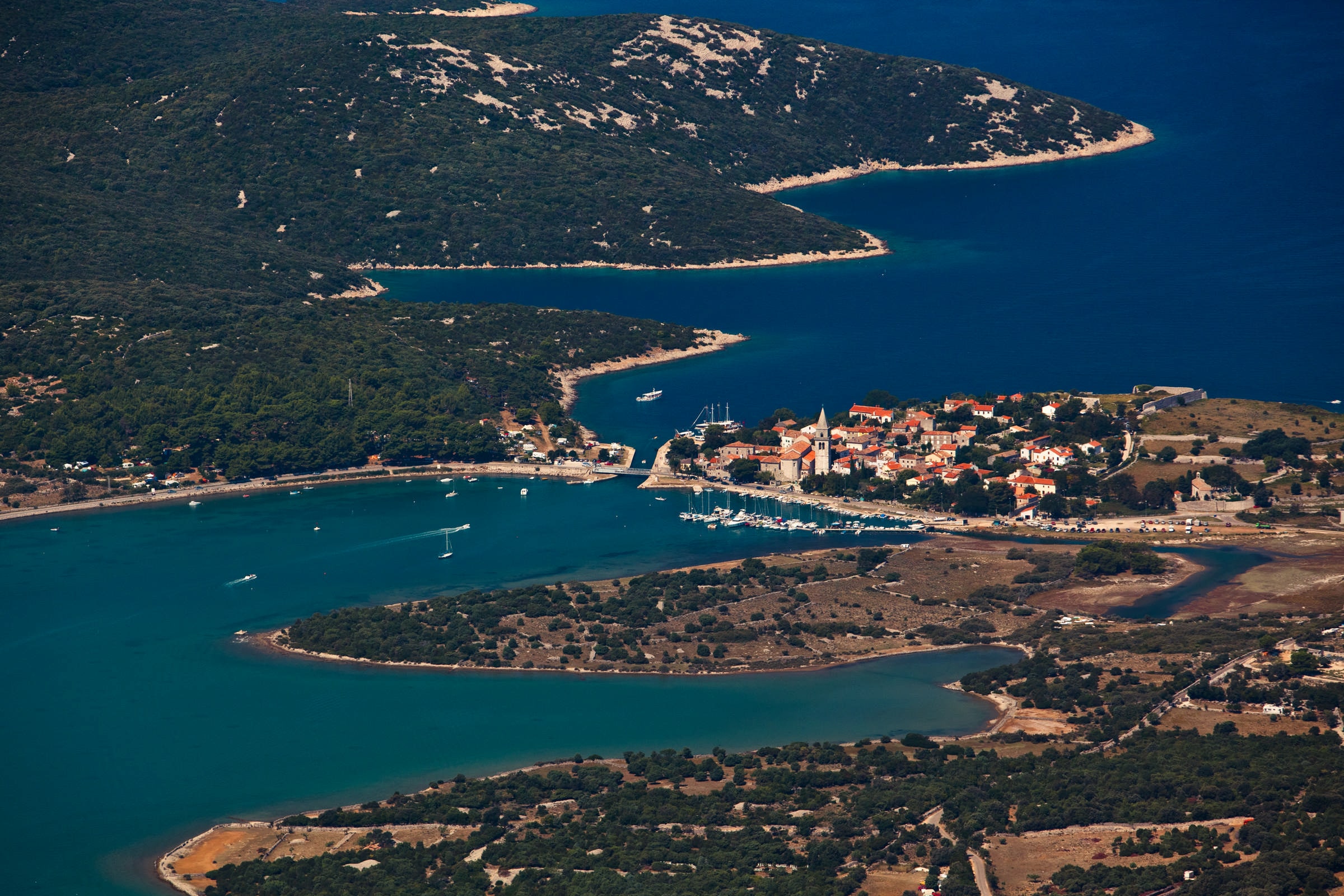 Osor town, Cres island / Mario Romulić
Osor town, Cres island / Mario Romulić
Via Apsyrtides now runs through the entire archipelago and is almost ready to welcome the first thru hikers. Along the way, they’ll learn about the cultural heritage of the islands and their wondrous natural features. It’s envisaged for the trail to become a tourist product, one that will attract visitors outside the summer season and thus contribute to the development of sustainable tourism in the area.
hatIn 2021, a historic network of 75 kilometres of trails on Cres were restored as part of the European project VALUE. They’re now connected to the Via Apsyrtides transversal and marked with the recognisable VA logo in blue and red, along with educational panels put up along the route to get the hikers better acquainted with the island.
Trail marking was carried out by the company Xplore Cress in cooperation with authorised markers and according to the standards of the Croatian Mountaineering Association.
A comprehensive website is in the works that will present a detailed overview of all the stages, complete with trail maps and selected sights to discover along the route. The site is still under construction and should be completed in a few weeks, but the map and the overview are ready to explore - head here to discover what wonders await at Via Apsyrtides.
Opatija in 1932: Vintage Beachwear and Summer Parades [VIDEO]
February 25th, 2022 - The black and white footage shows tourists lounging around on Opatija’s beaches in the 30s
Today in our ‘old footage of the Adriatic’ section, we bring you a short video filmed in Opatija… in 1932!
Second only to Hvar, the Northern Adriatic town is one of the pioneers of organised tourism in Croatia. And while it would certainly be incredible to see what Opatija looked like in the late 19th century when it saw its first guests, footage from the 30s doesn’t come around every day either.
The video is titled 'Abbazia (Opatija): The Istrian riviera takes on its summer look'. At the time of filming, Opatija was part of Italy.
Watch the holidaymakers splash around on Opatija’s beaches, followed by a special treat: footage of the summer carnival, featuring elaborate allegorical floats and creative costumes.
Video by Istituto Luce Cinecittà.
‘Superstitious and Debauched’: Impressions of Croatia in Travel Journals of Yore (III)
February 8th, 2022 - In the third and final part of our series, our travellers explore the Kvarner area, discovering bura wind, scampi, and wellness
In our last feature on travel journals documenting trips to the Adriatic, we left off in southern Dalmatia. And now, where our travellers would depart for Montenegro, we’ll circle back to the Northern Adriatic instead. This time, we’re tagging along with A. Fortis (1770s) and G. Marcotti (1890s) - see Part I and Part II for more info and some impressions of Istria and Dalmatia.
Why go back? A good few places were left out of both previous pieces for the sake of brevity, so we’re making this a trilogy to see what our protagonists thought about the Kvarner gulf. It’s a detour alright, but in the words of Fortis who expressed a similar sentiment in one of his letters:
It is a massive geographical leap to move from the island of Brač straight to the island of Rab which is one hundred and twenty miles away. But what can I tell you?
Exactly. But before we get to Rab and other Kvarner islands, let's make a stop in Senj. It’s a coastal town best known for the magnificent Nehaj fortress, a historic stronghold of Uskoks who kept invaders at bay. Fortis says:
A very famous city in the history of the Venetian Republic which had to formally wage a war against it and, being unable to conquer it for a long time, suffered heavy losses in its possessions in Istria and Dalmatia; it was a subject of interest for a Venetian traveller. I wanted to meet the descendants of those fierce Uskoks who were admired for their courage and hated for their cruelty.
I wish I could learn their history as penned by one of them, but Uskoks fought heroically and dealt in ransom and loot collection, and did not write historical accounts.
You don’t say.
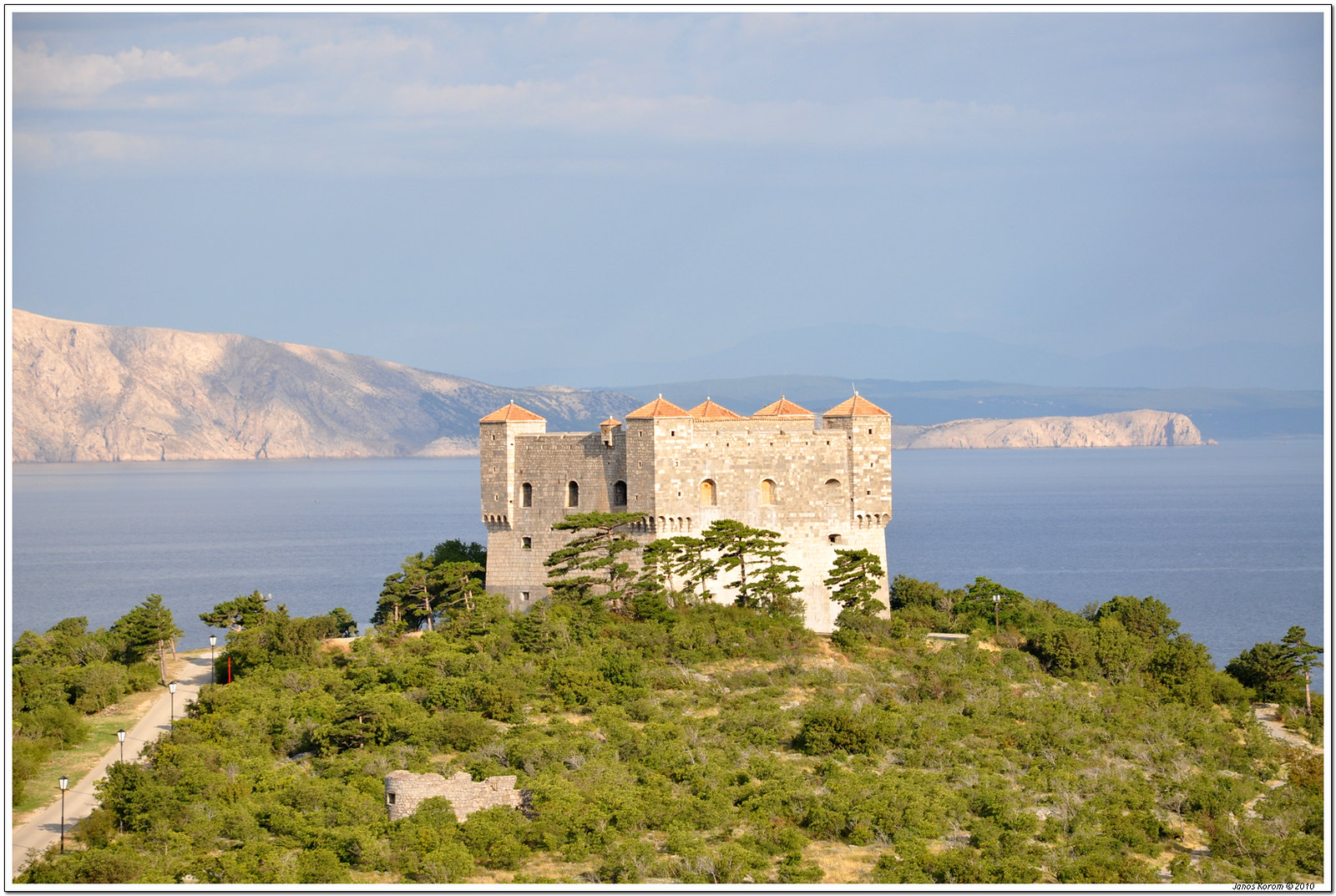 Nehaj fortress / János Korom / Flickr
Nehaj fortress / János Korom / Flickr
With Senj ruled by Austria at the time, the Uskoks truly were a source of headache for Venice; they defended the city, but also plundered Venetian galleys along with most other commercial ships in the area. Their conquests had a blessing of the local clergy, monasteries received a tithe from the bounty, and so the 16th-century Senj essentially thrived on piracy and looting. It's not a surprise then that its population might've seemed a bit, uh, laid-back to an outsider:
The people of Senj are superstitious and debauched at the same time. The women of this city are said to be prone to love affairs; they are easy-going and in this regard do not bear a resemblance to Croatian women.
Uh-oh. Shall we proceed with caution? Luckily, instead of lamenting loose morals, Fortis turns this into social commentary:
And so romantic adventures are frequent, and sometimes followed by unpleasant consequences. The bishop and the monastery heads who make up the court that deals with these matters issued a decree a few years ago, stipulating that if an unmarried woman were to give birth to a child, she could not sue her lover in court for marriage or possessions. This cruel ordinance led to an even greater decline of morals, and every year, many unfortunate girls are sacrificed to disgrace for which there is no cure; it is heartless and outrageous barbarism.
A progressive stance for the 1770s.
To finish, a few of his thoughts on the infamous Senj bura:
The wind coming from the barren mountains blows so fiercely in that narrow gap, there are times in winter when one cannot leave the house without peril, and it is even worse outside the city. Even when they do not walk across the square where no sensible person would appear at such times, but through the narrow winding alleys, it often happens that children and frail folk are lifted from the ground and slammed against the wall by the wind. When an urgent need compels someone to go to the docks where ships are anchored, despite crawling on their hands and knees they sometimes roll away like a straw because of the force of the wind.
Senj bura hasn’t lost any of its force to this day, and Fortis was wise not to take it lightly.
***
Now, to Rab. Those who read the first part of this series might recall his unabashed trashing of the poor populace of Pag island, and it would appear that Fortis really held a grudge against island folk in general:
The island of Rab would have everything needed to support its small population, if only its agriculture was in the hands of less stupid and lazy people.
He continues:
Nevertheless, [the island] produces firewood, shipped off to Venice on the backs of numerous donkeys each year, as well as grain, oil, excellent wine, brandy, and since the ancient times - silk, the silkworms feeding on black mulberry leaves. Exported are also leather, wool, sheep, pigs and horses of good breed.
I don’t know, they don’t sound that lazy to me. There’s more:
The sea is beginning to be of use, with salt pans maintained on the island that give an abundance of good fine salt. In addition, in spite of fishing being carried out here in a very poor and sloppy manner, the catch of tuna, mackerel and sardines is an important item in the trade of the people of Rab who (as the rest of Dalmatia) prefer to sell their goods to foreigners rather than Venetians. Despite all these natural products, the island is far from being rich or achieving adequate progress, as uncultivated land and idle peasants are too commonly seen.
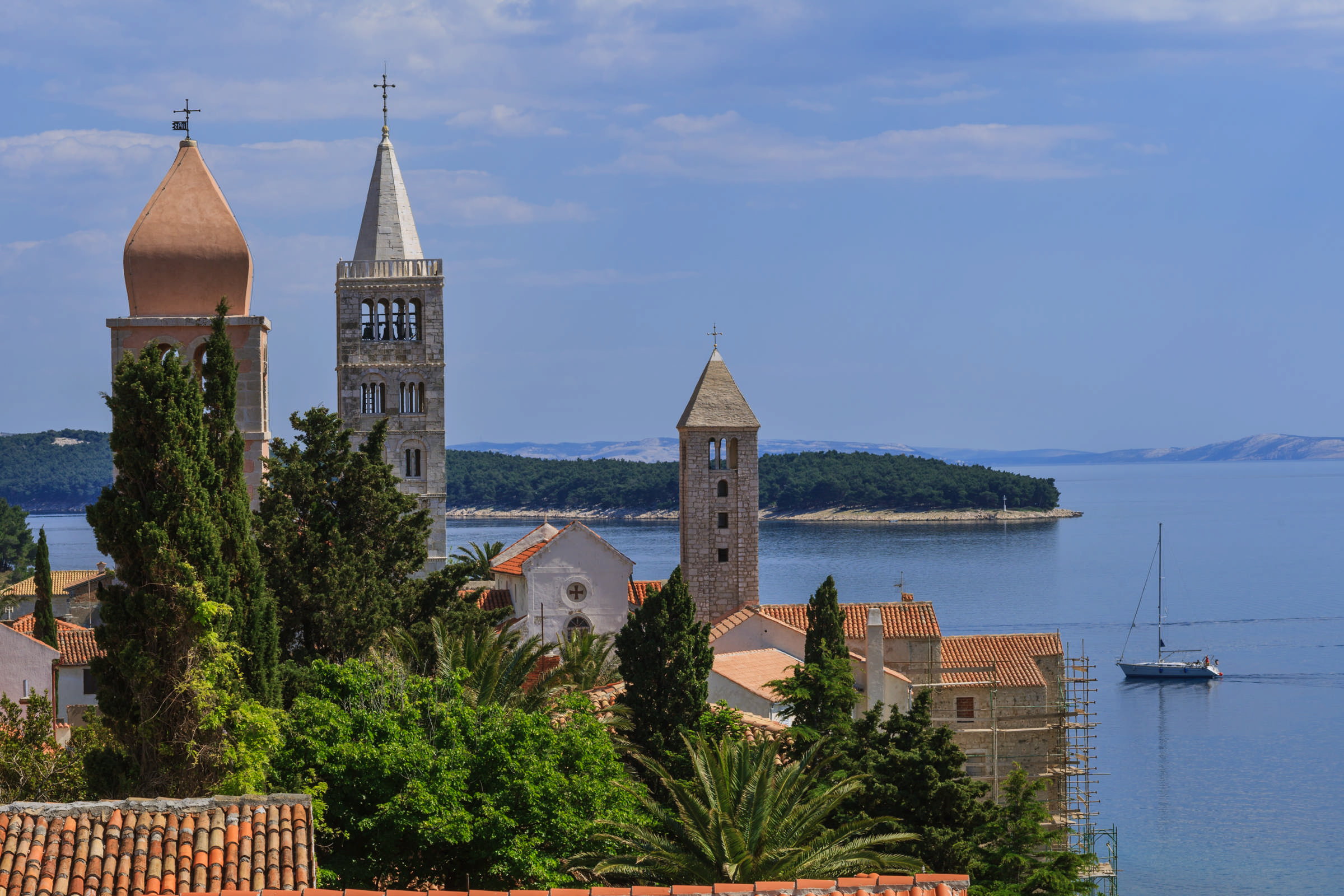 Rab town by Romulic and Stojcic
Rab town by Romulic and Stojcic
And an anecdote:
In the past, there was a bishop of Rab named Ottavio Spaderi; it occurred to him not to allow on the feast of St. Christopher for his relics to be displayed for public veneration, seeing as he doubted their authenticity. The folk rebelled, wanting to throw him into the sea from the top of the hill on which the cathedral stands, and the riots did not subside even after the moment had passed. The government had to send a warship to save the prelate from peril, and the pope considered it his duty to grant him a more submissive congregation in Italy.
Feisty. Fortis is lucky he wasn’t thrown from a cliff as well.
***
Later on, Marcotti writes about what you can find on Lošinj island:
A hunters’ association, a branch of the tourist club, a company for afforestation and landscaping. (...) There is no shortage of foreigners: Mali Lošinj has the Vindobona hotel, three special trattorias, five boarding houses. There are two other guesthouses and a resort for convalescent children in Veli Lošinj.
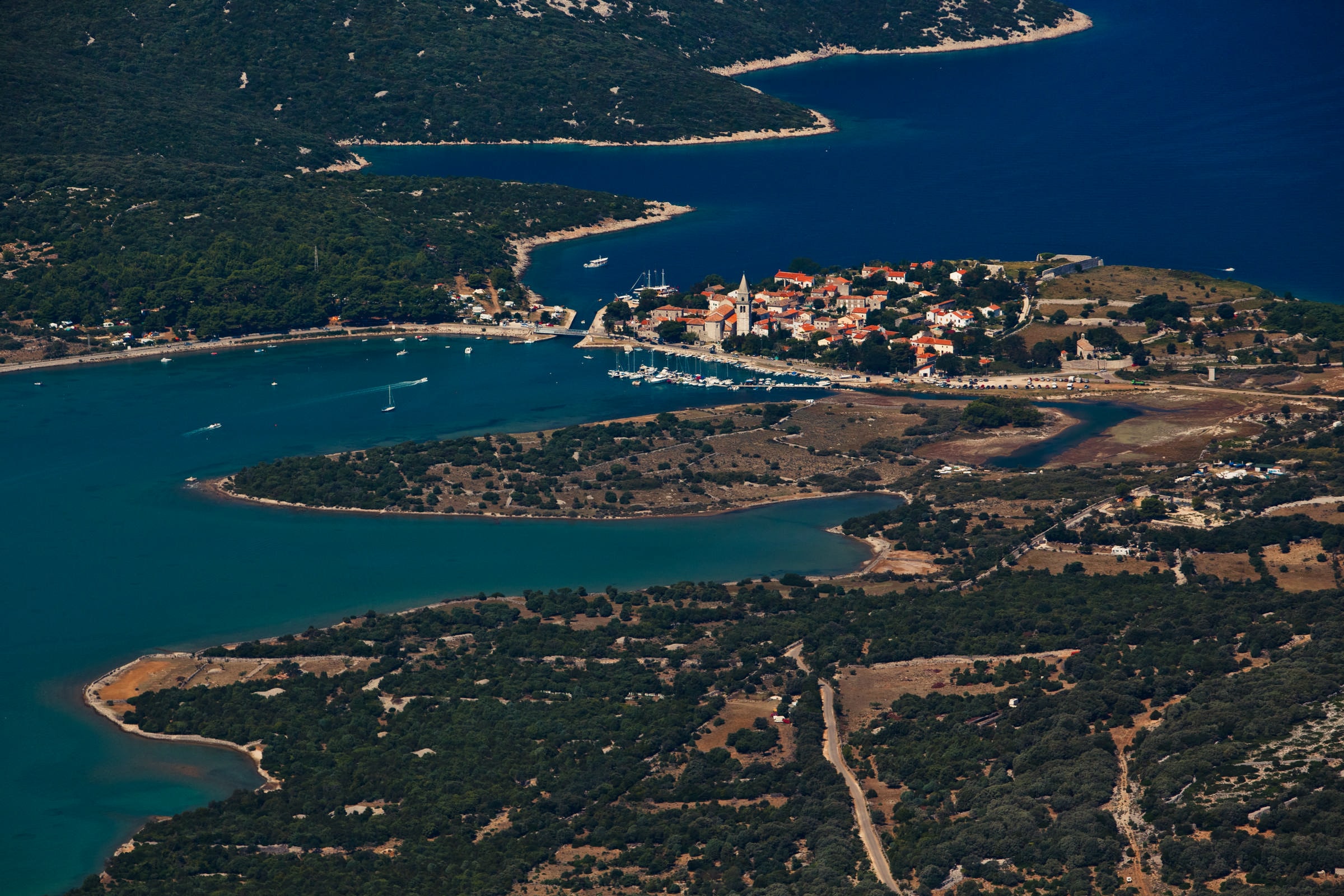 Osor town on Cres island by Romulic and Stojcic
Osor town on Cres island by Romulic and Stojcic
Visiting Cres island, he notes:
Generally speaking, sheep herding is difficult on islands of Kvarner due to bura; large juniper trees, grown and naturally shaped into canopies by the frequent pressure of the wind, provide shelter to roaming flocks.
***
On to Rijeka, the biggest town in the Kvarner gulf, visited by both our travellers. Fortis first:
Croatian is the native language. Refined folk of both sexes speak good Italian, imitating the Tuscan manner of speaking; surely they should be praised much more than us who butcher our beautiful language but mock everyone else who endeavours to speak it unless they are born in Tuscany.
The people of Rijeka are mild-mannered, and their company jovial, though marked by moderation.
Marcotti also spends some time in Rijeka and doesn’t let us down. Two of the most important things in any destination: where to eat and how to get around!
Numerous trattorias as well as those operating as part of hotels; breweries of the leading Austrian factories. Scampi are delicious, especially served in risotto. [There are] car services, omnibuses, public valets.
…that last one being a somewhat loose translation, referring to a particular profession: a person stationed in a public place ready to help you with any given need or errand. Think a concierge, a tourist guide, a messenger, a personal shopper, a delivery service, all rolled into one. Looking for directions to a certain place or perhaps need a hand with those shopping bags? The public valet’s got your back.
 Rijeka by Romulic and Stojcic
Rijeka by Romulic and Stojcic
He goes on:
The look of the city is really nice, its architecture Italian in character, though it offers little of note when it comes to art.
Ah well, you win some, you lose some. At least there are good scampi.
And for a final thought, a line used time and time again, a variation of which is probably currently displayed somewhere on the pages of the local tourist board:
The panoramic view of Rijeka and the Kvarner gulf as seen from Trsat is truly magnificent.
***
Opatija has grown into a fully fledged tourist destination by this point (late 1890s), and a health resort at that. Marcotti reports:
There’s a good number of nonagenarians in perfect health living on this riviera.
Its most sheltered and most pleasant place, Opatija, is advertised by the Südbahn company (Southern Austrian railways) as a health resort for the winter and sea-bathing in the summer. It has developed formidably and can barely accommodate the large clientele that flocks to it, particularly those from Austria-Hungary and Germany.
The entire facility cost the Südbahn no less than 3 million florins. There are milk, honey and egg treatments, massage, gymnastics, and walks for health.
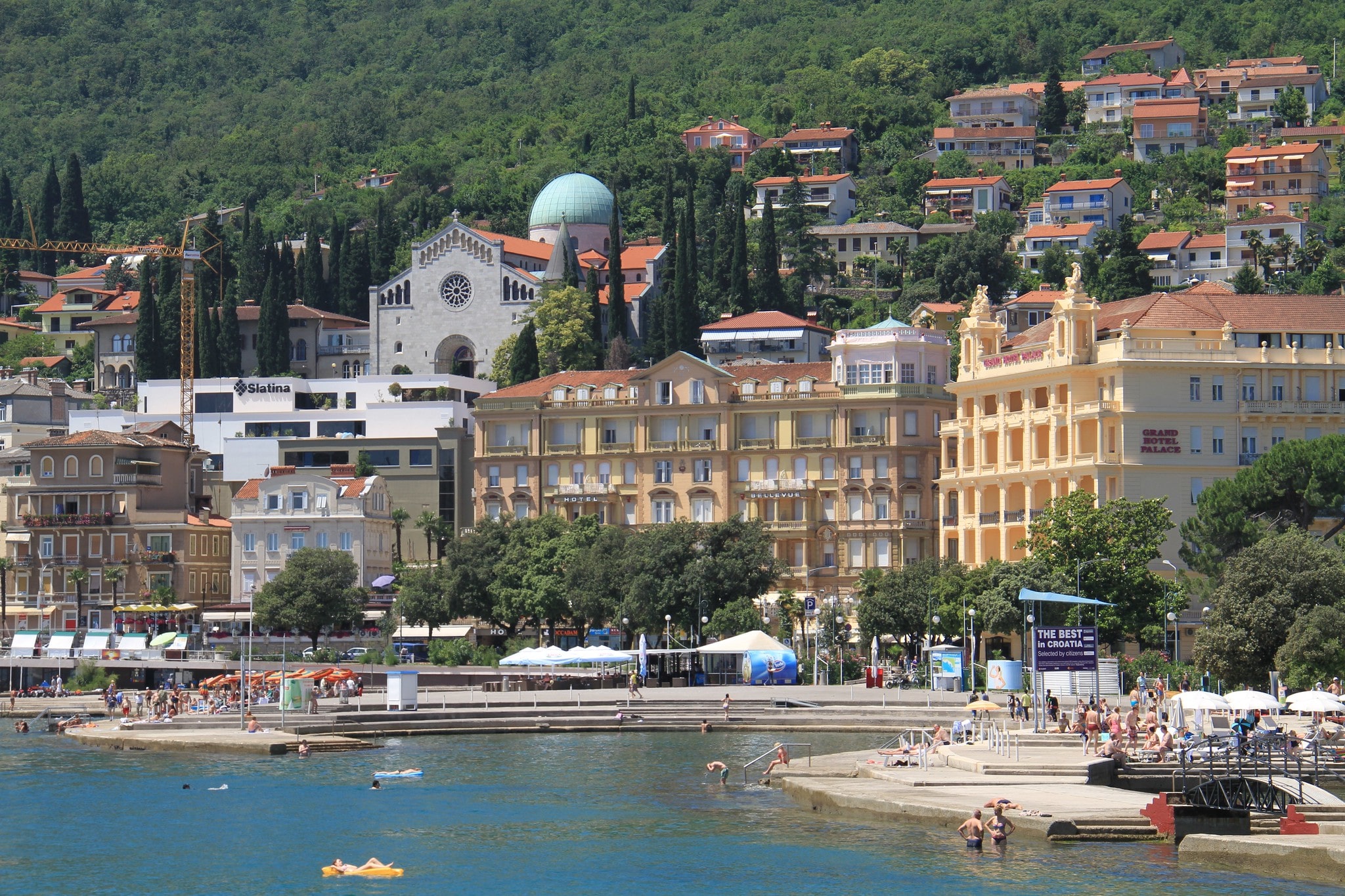 Opatija by Ronnie Macdonald / Flickr
Opatija by Ronnie Macdonald / Flickr
Some interesting insight into the early days of wellness, followed by a short recap showing just how quickly Opatija gained a reputation as a place to be:
Starting from 1885 (when Archduke Rudolf and his wife Stéfanie stayed here for the first time) visiting and staying in Opatija has become a pastime of high regard, very fashionable in court circles and among aristocrats and diplomats. This is from the 15th of October to the 15th of May: in the other five months, the bourgeois society visits for sea bathing. Empress of Austria, many archdukes and archduchesses, the royals of Serbia and Romania were some of Opatija’s guests.
***
With tourism becoming an industry, this seems like a good place to end this feature. Admittedly, when it comes to travel journals that paint a picture of the Croatian coast in earlier times, we’ve barely scratched the surface in our three-part series. Countless travellers have chronicled their Adriatic adventures, and providing you have time and the resolve to peruse old texts, it’s a fascinating body of work to study. We kept the scope small not to turn this into a dissertation, but hope you’ve enjoyed our travellers’ reviews anyway. Just keep in mind these are opinions of individuals from centuries past, and not neccessarily an actual representation of what Croatia is like - lazy folk, loose morals and local superstitions included.
Sources for Part III:
Giuseppe Marcotti, L’Adriatico Orientale, da Venezia a Corfu (1899)
Alberto Fortis, Viaggio a Dalmazia, 1774 (Croatian edition: Put po Dalmaciji, Globus, Zagreb, 1984)
PHOTOS: Snowy Riversides and Magical Mountains of Croatia in January 2022
January 28, 2022 – The snowy riversides and magical mountains of Croatia in January 2022 show a spectacular and all-natural winter wonderland.
Snow finally stuck to the streets of central Zagreb for a couple of days this week. Early morning temperatures dropped to the lowest yet of this winter. Despite the chill, clear skies and sunshine days were enough to see the snow soon melt away.
But, far from the city, the snowy riversides and magical mountains of Croatia in January 2022 have kept their white blanket for longer. These all-natural landscapes look epic after the snowfall. For winter walkers and climbers – or even just lovers of photography – these images are way more spectacular than the bright lights and theatre of the Advent season.
Let's take a closer look at the winter wonderland of snowy riversides and magical mountains of Croatia in January 2022.
Gorski Kotar
Delnice, Lokve, Fužine, Stara Sušica, Ravna Gora
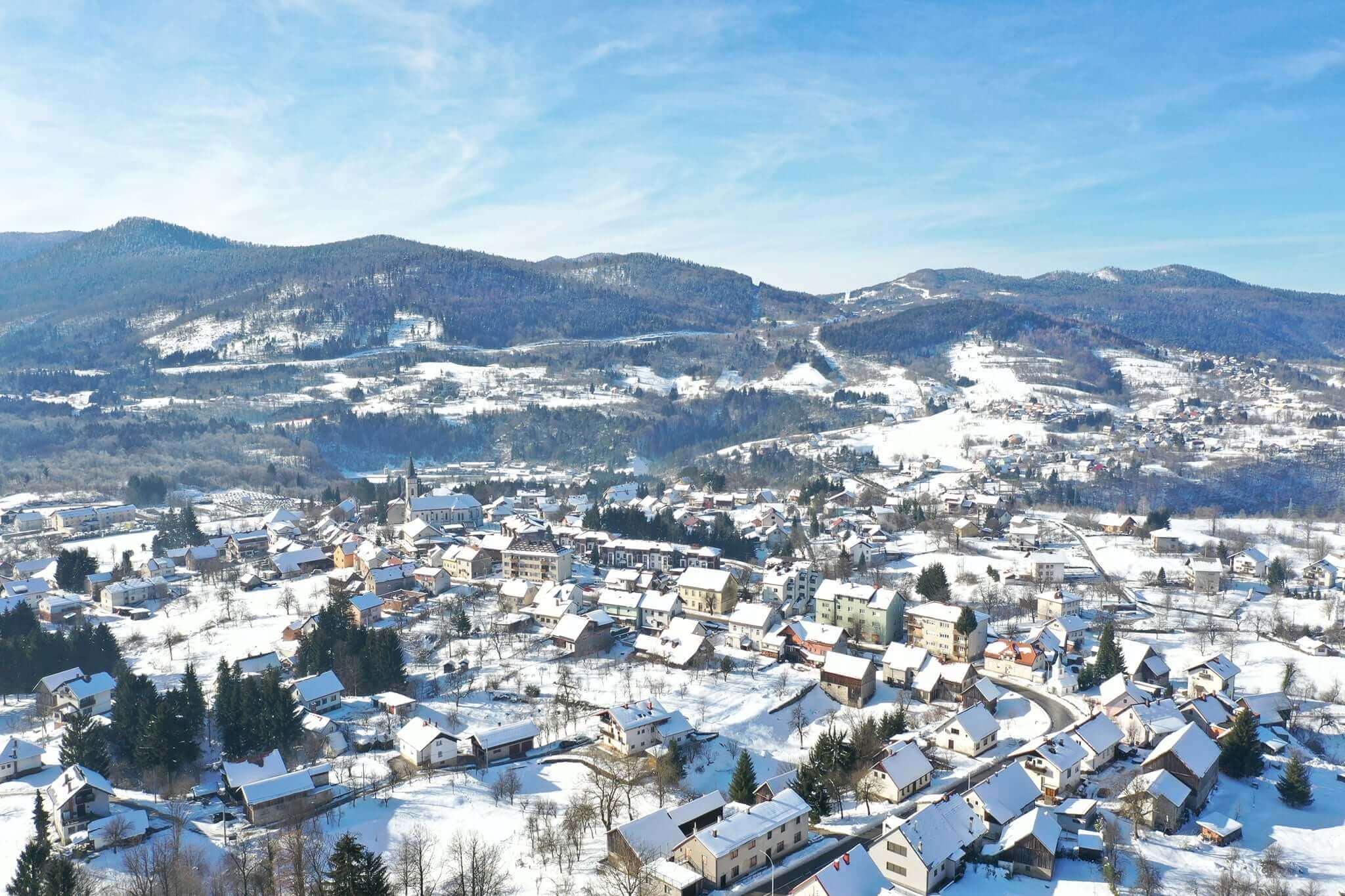 © Turistička zajednica Gorskog kotara
© Turistička zajednica Gorskog kotara
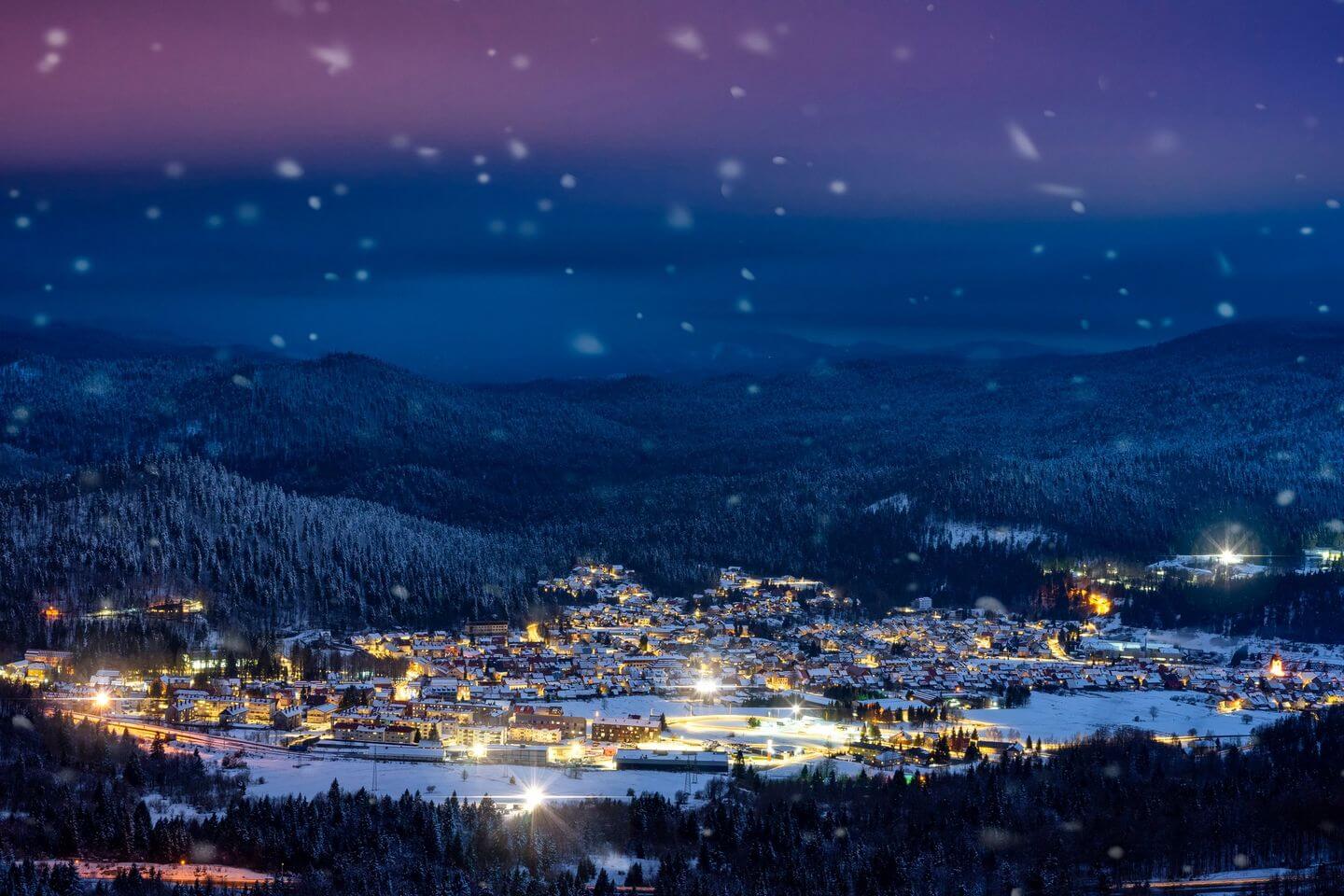 © Turistička zajednica Gorskog kotara
© Turistička zajednica Gorskog kotara
 From above, Dvorac Stara Sušica © Vladimir Franolić
From above, Dvorac Stara Sušica © Vladimir Franolić
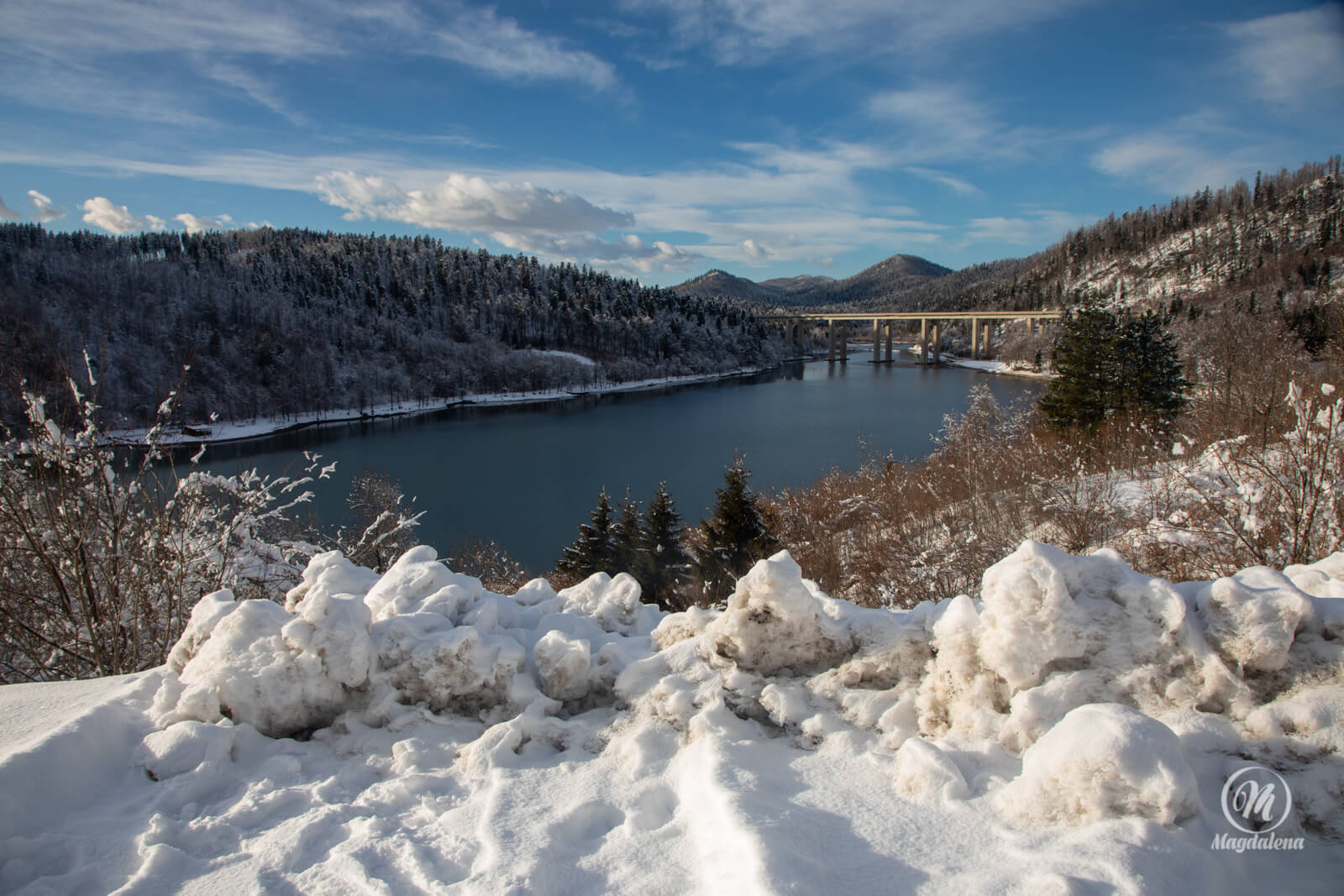 © Branko Lautar & Višnja Bolf
© Branko Lautar & Višnja Bolf
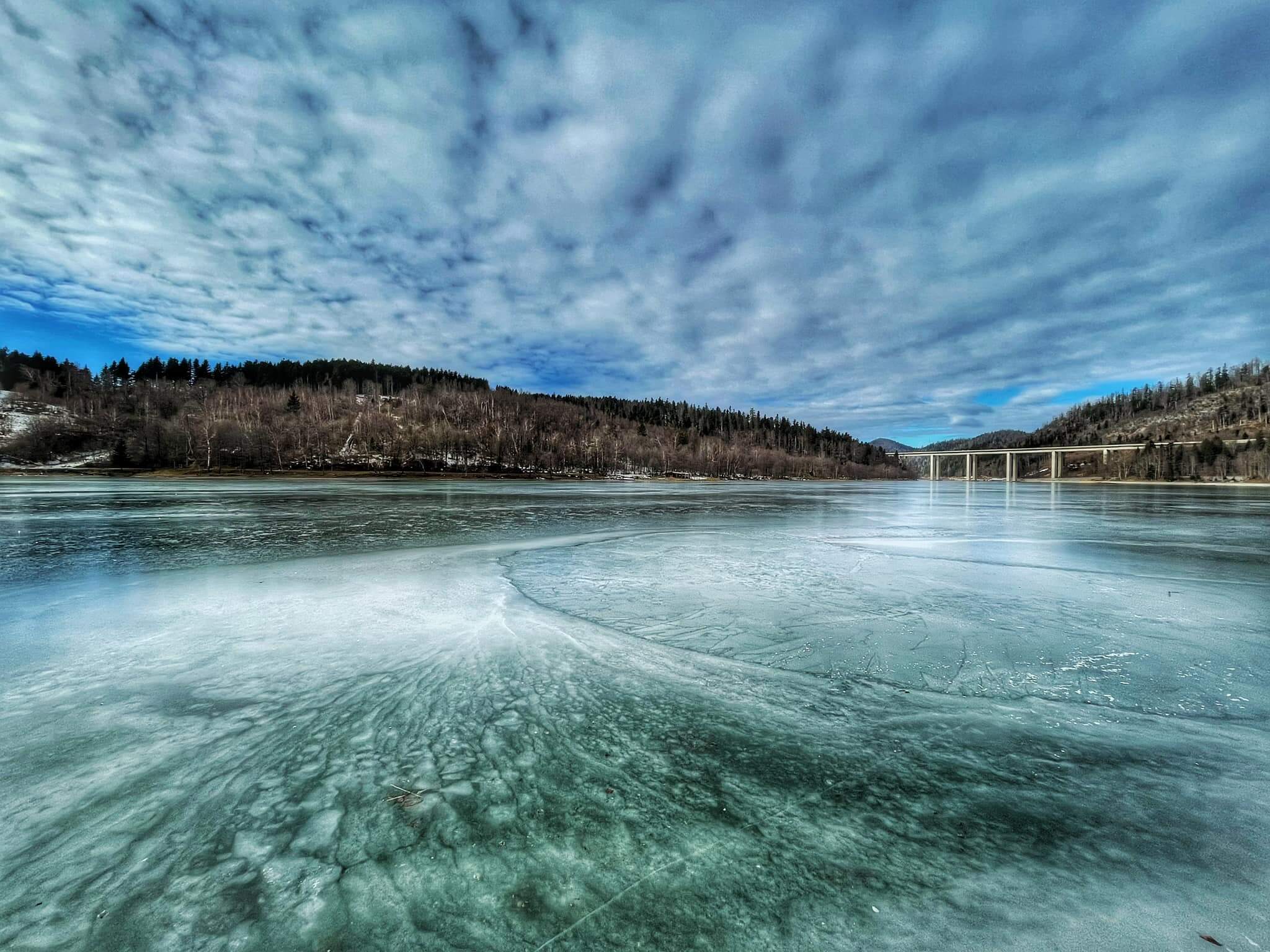 Jezero Bajer near Fužine © Marino Kirinčić
Jezero Bajer near Fužine © Marino Kirinčić
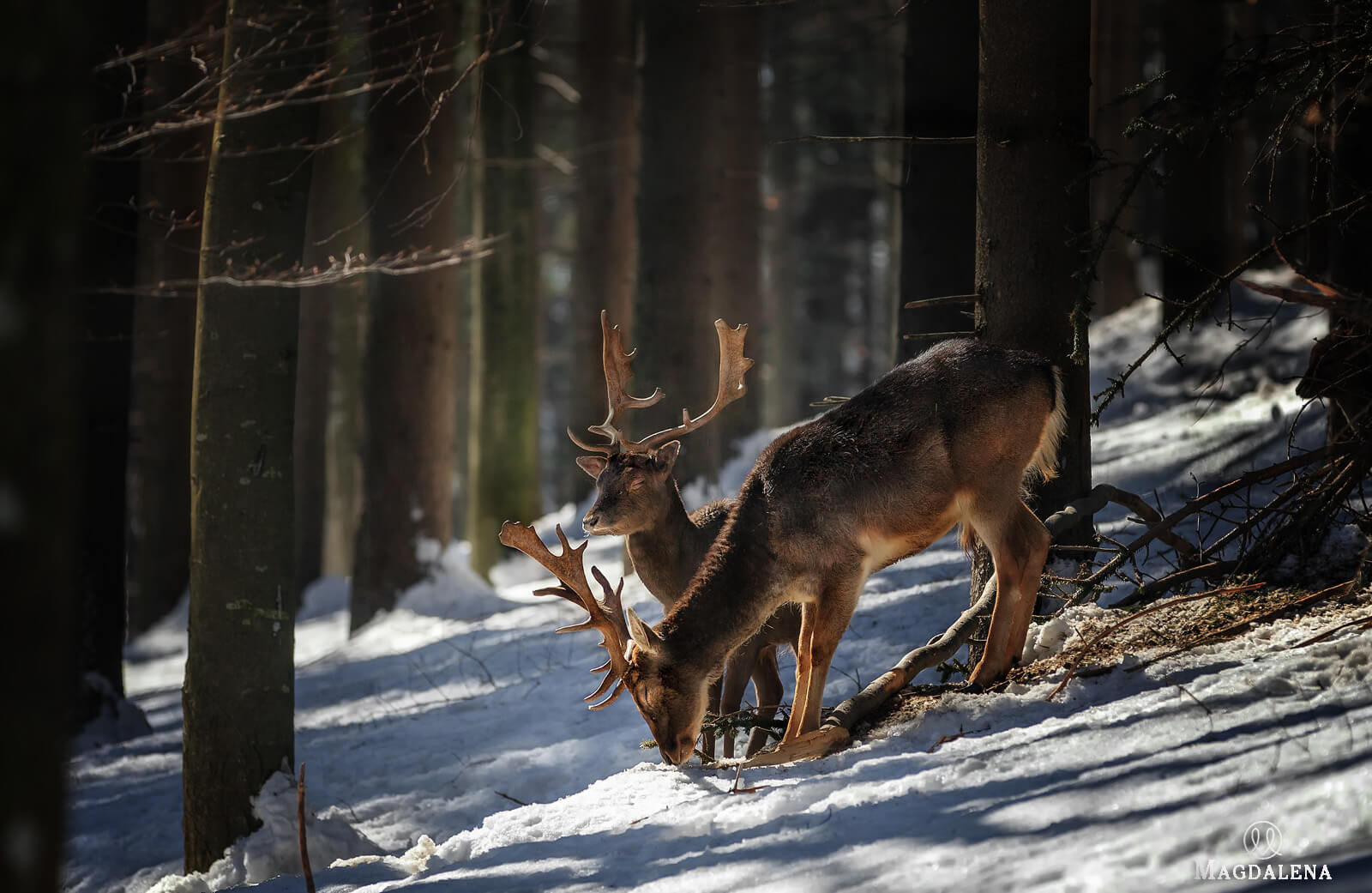 © Branko Lautar & Višnja Bolf
© Branko Lautar & Višnja Bolf
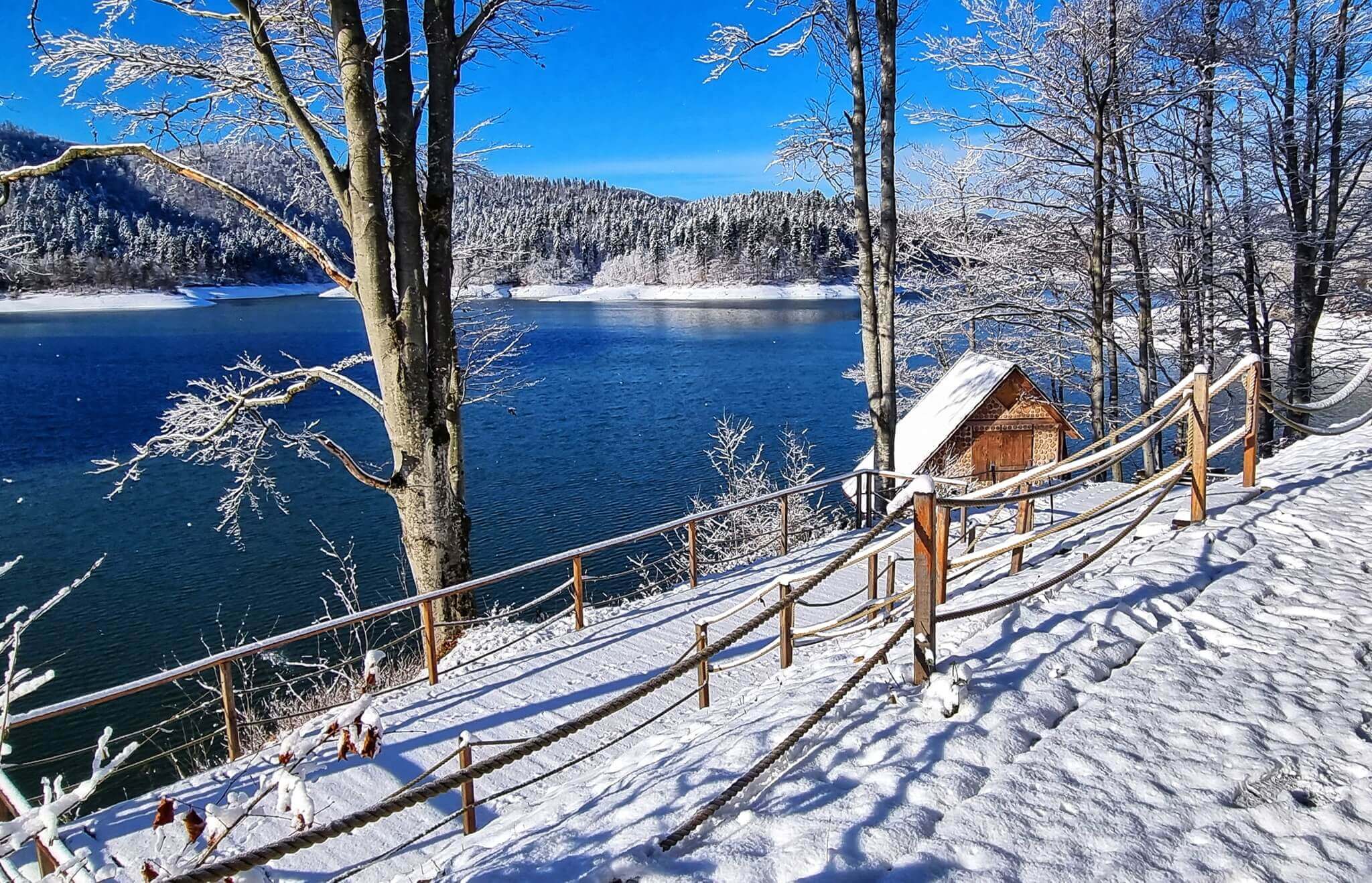 © Turistička zajednica Gorskog kotara
© Turistička zajednica Gorskog kotara
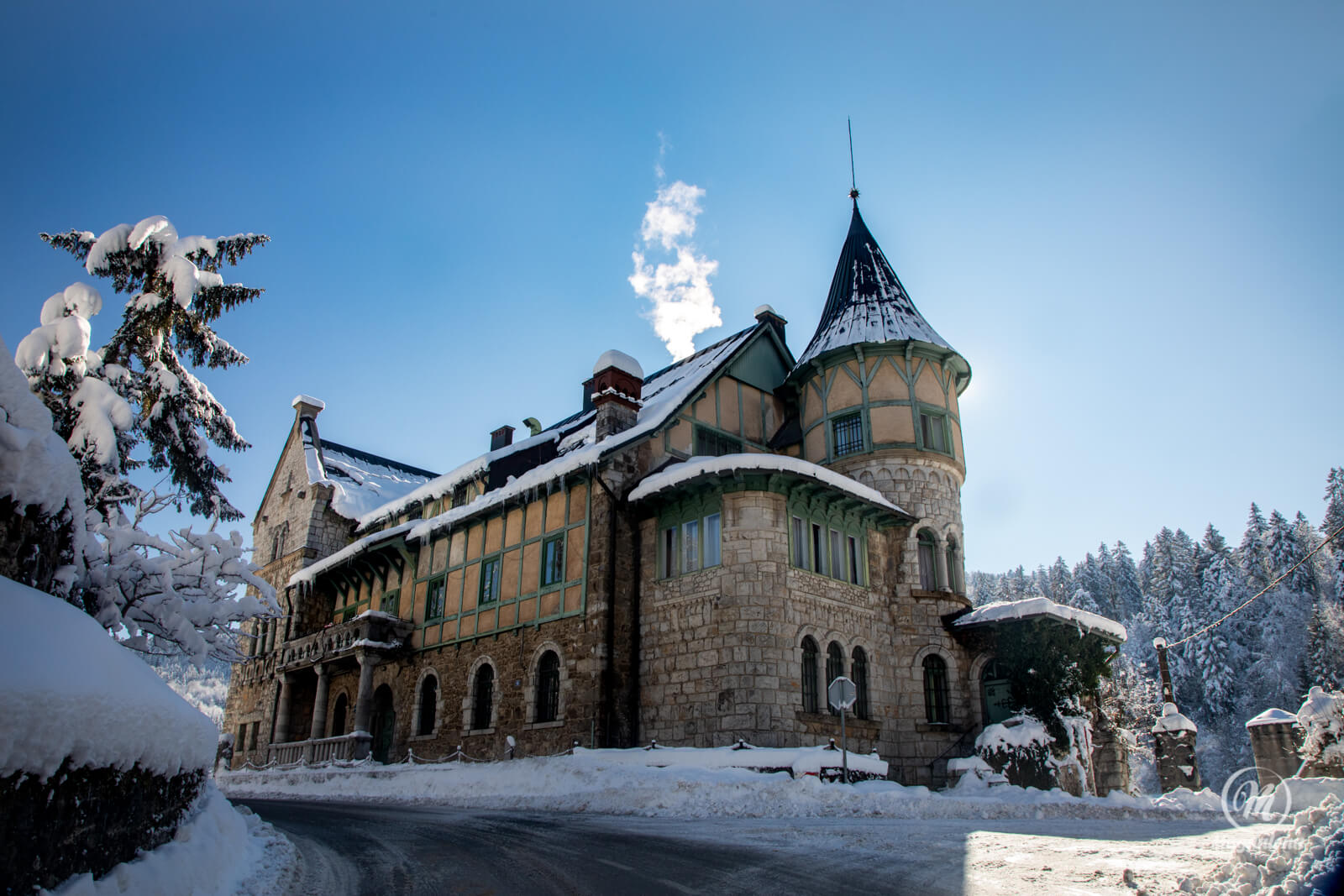 Another view of Dvorac Stara Sušica © Branko Lautar & Višnja Bolf
Another view of Dvorac Stara Sušica © Branko Lautar & Višnja Bolf
Risnjak National Park and Snježnik Hrvatski
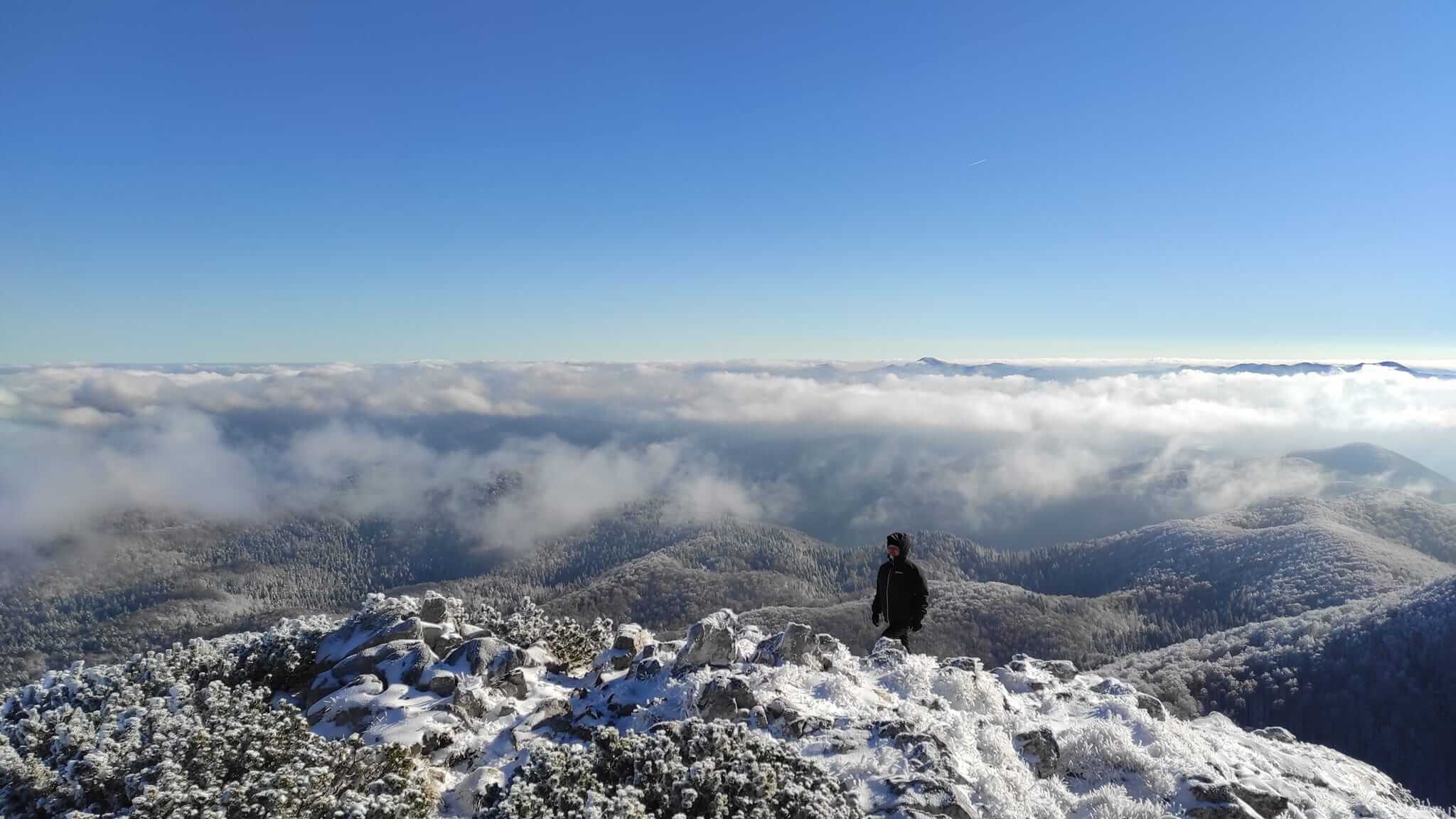 © Risnjak National Park
© Risnjak National Park
 Snježnik hrvatski © Ivan Ćuća-Žentil
Snježnik hrvatski © Ivan Ćuća-Žentil
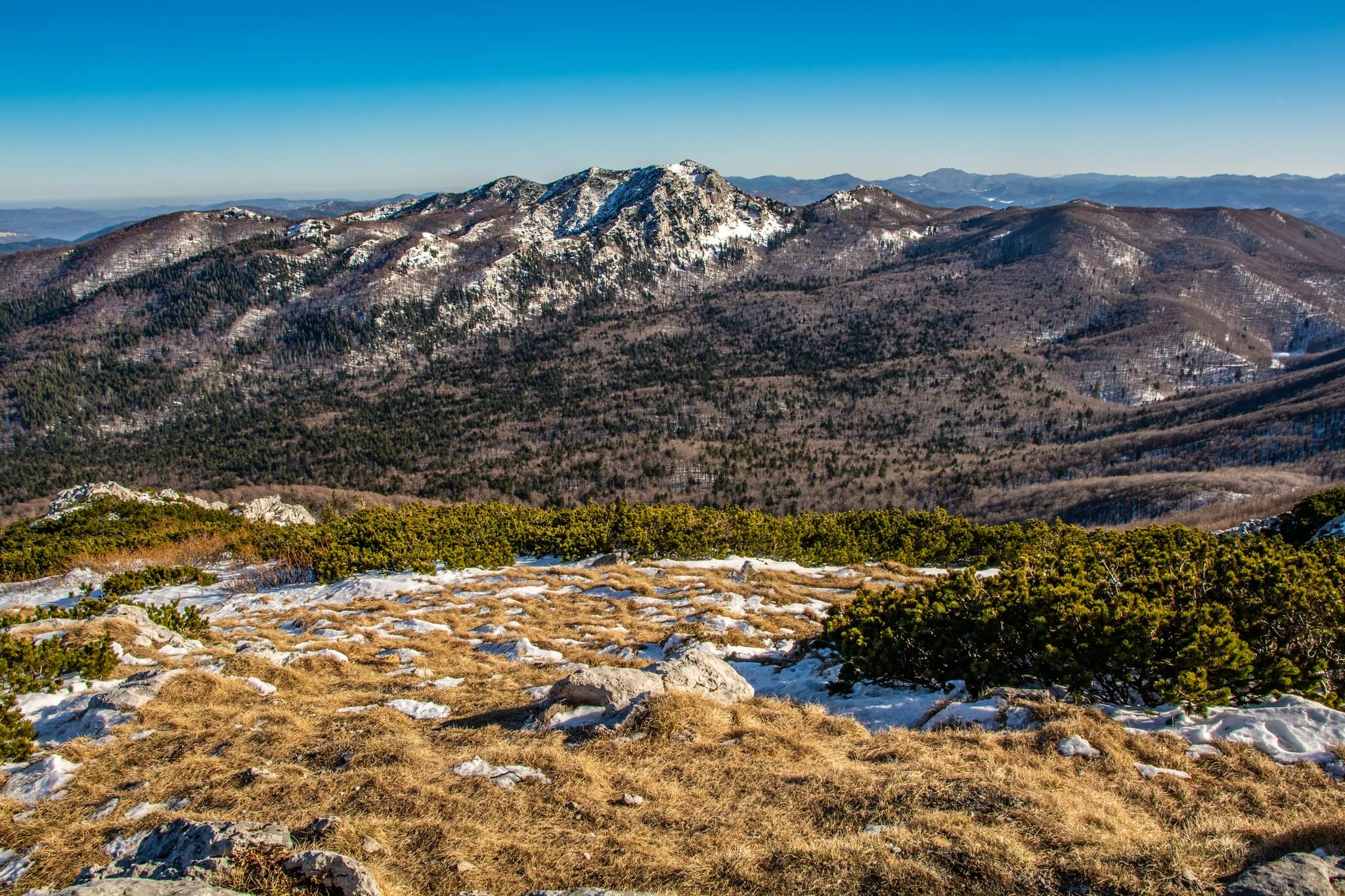 Snježnik hrvatski © Ivan Ćuća-Žentil
Snježnik hrvatski © Ivan Ćuća-Žentil
 Snježnik hrvatski © Ivan Ćuća-Žentil
Snježnik hrvatski © Ivan Ćuća-Žentil
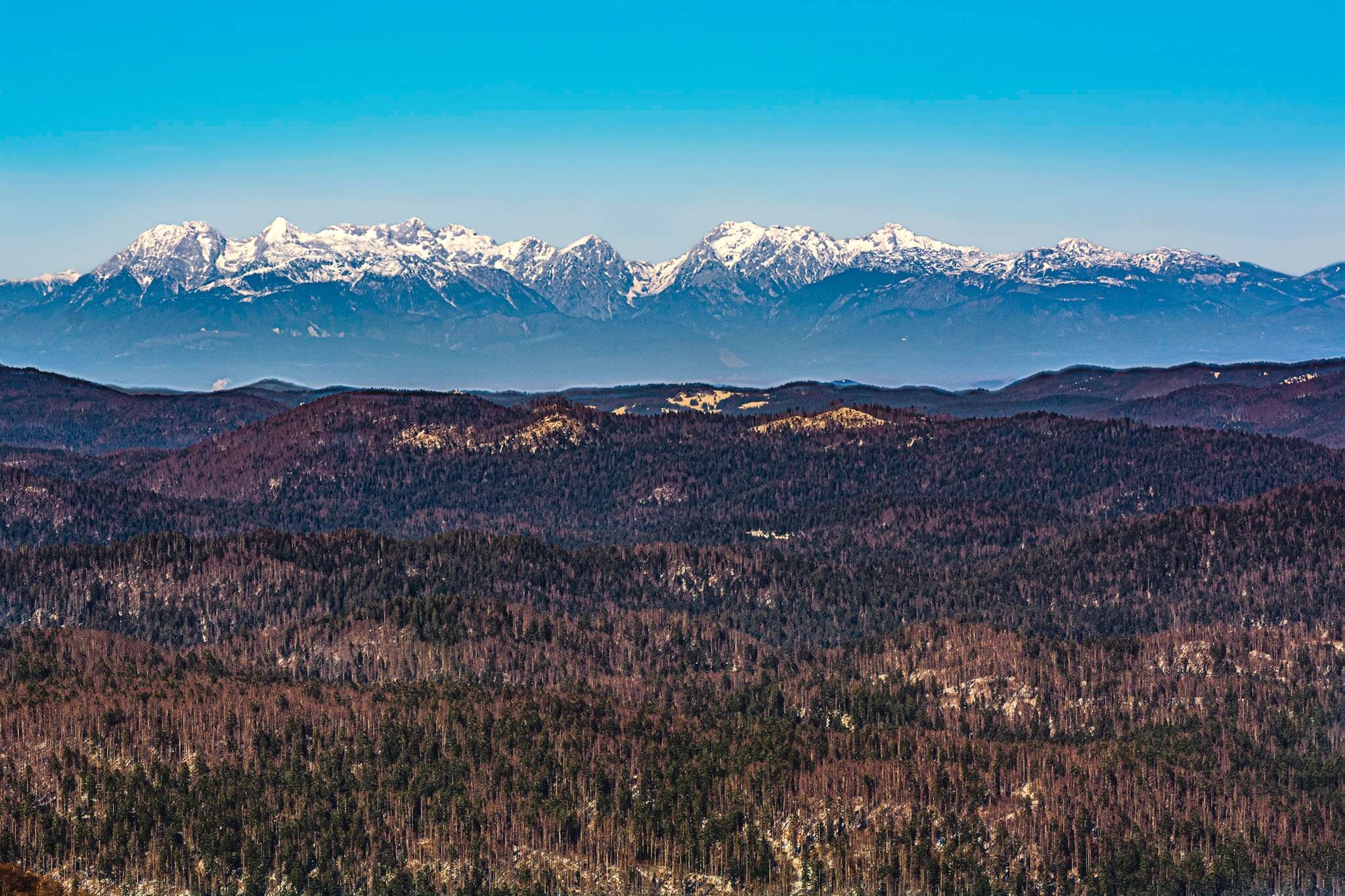 Snježnik hrvatski © Ivan Ćuća-Žentil
Snježnik hrvatski © Ivan Ćuća-Žentil
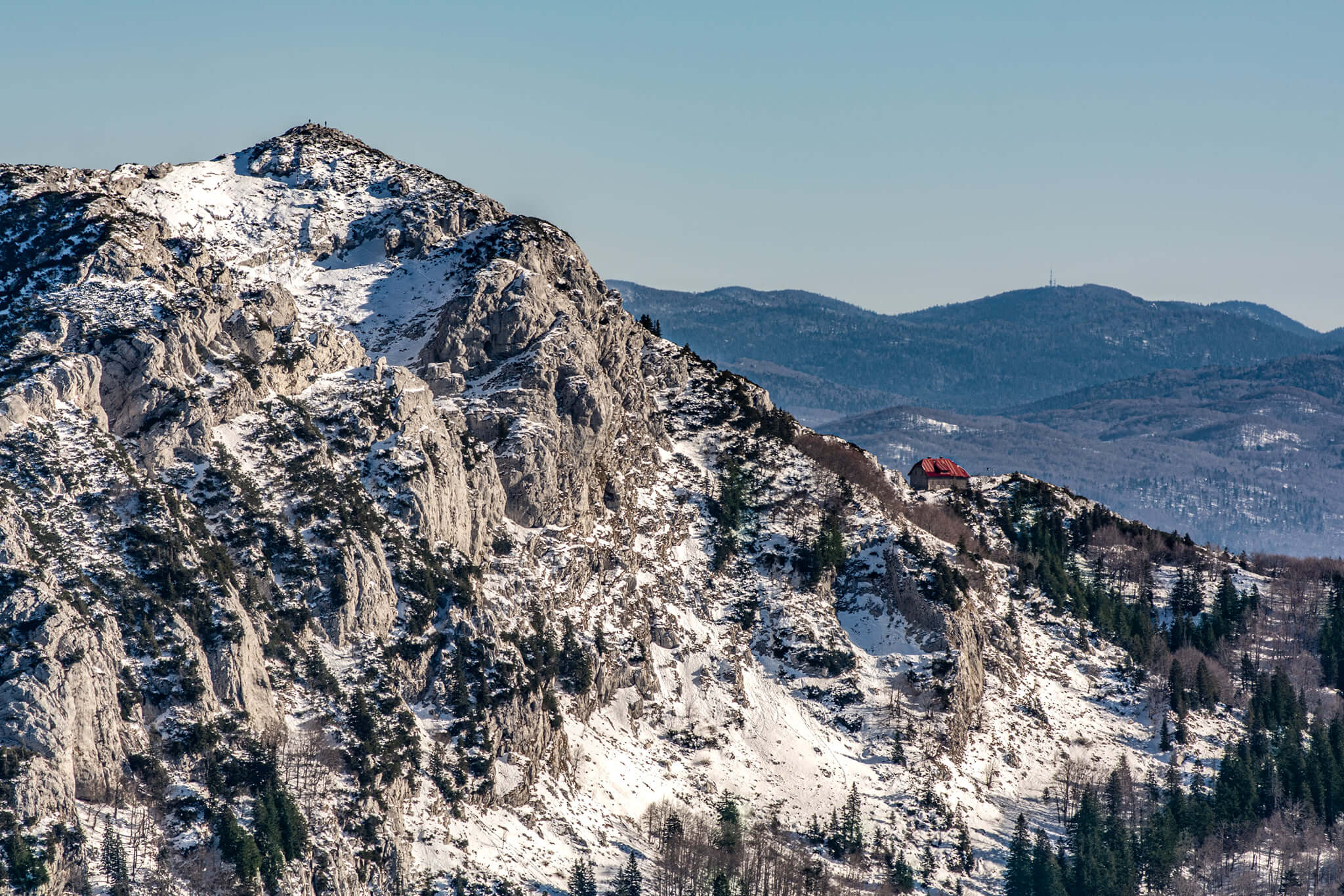 Snježnik hrvatski © Ivan Ćuća-Žentil
Snježnik hrvatski © Ivan Ćuća-Žentil
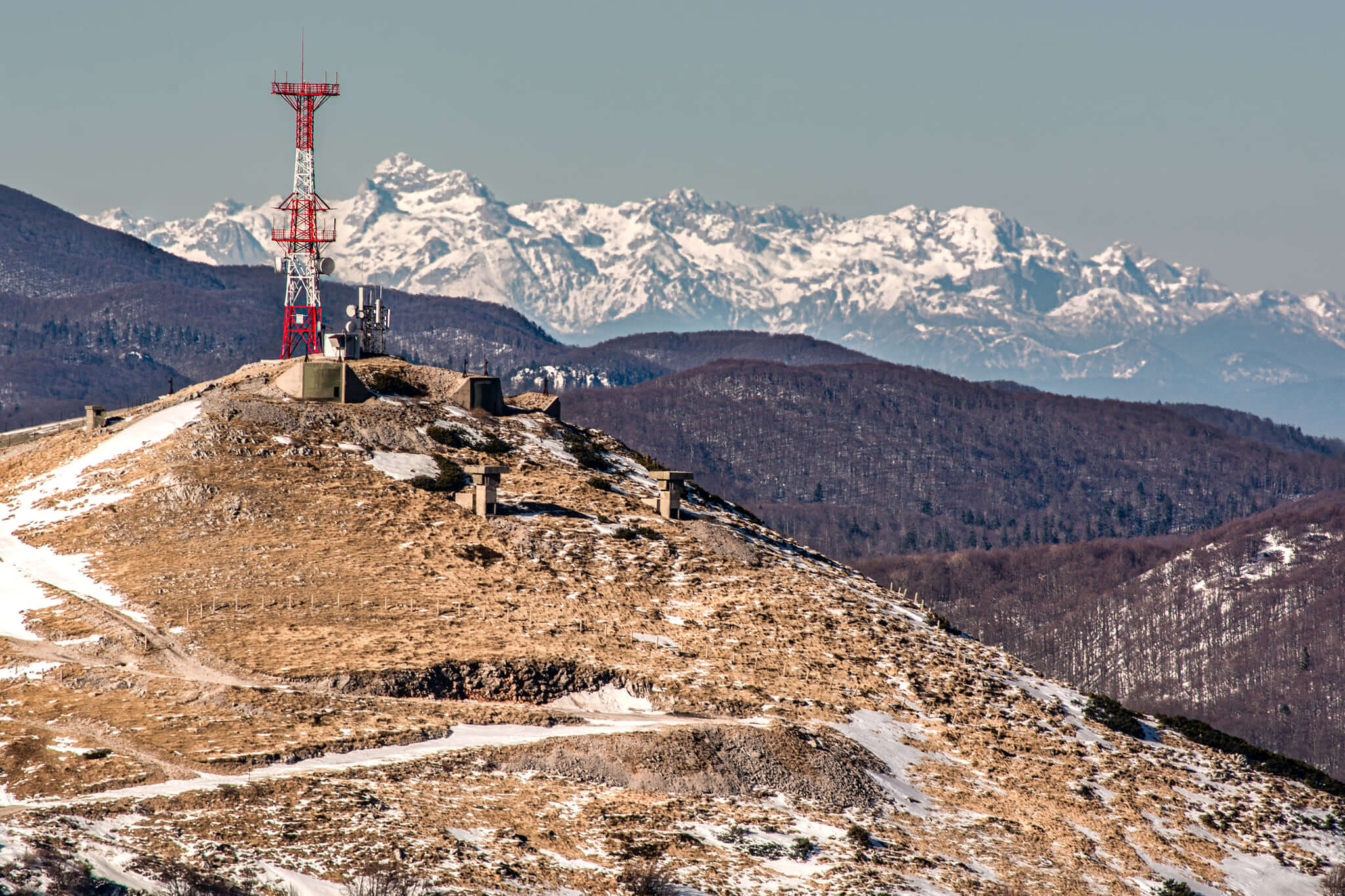 Snježnik hrvatski © Ivan Ćuća-Žentil
Snježnik hrvatski © Ivan Ćuća-Žentil
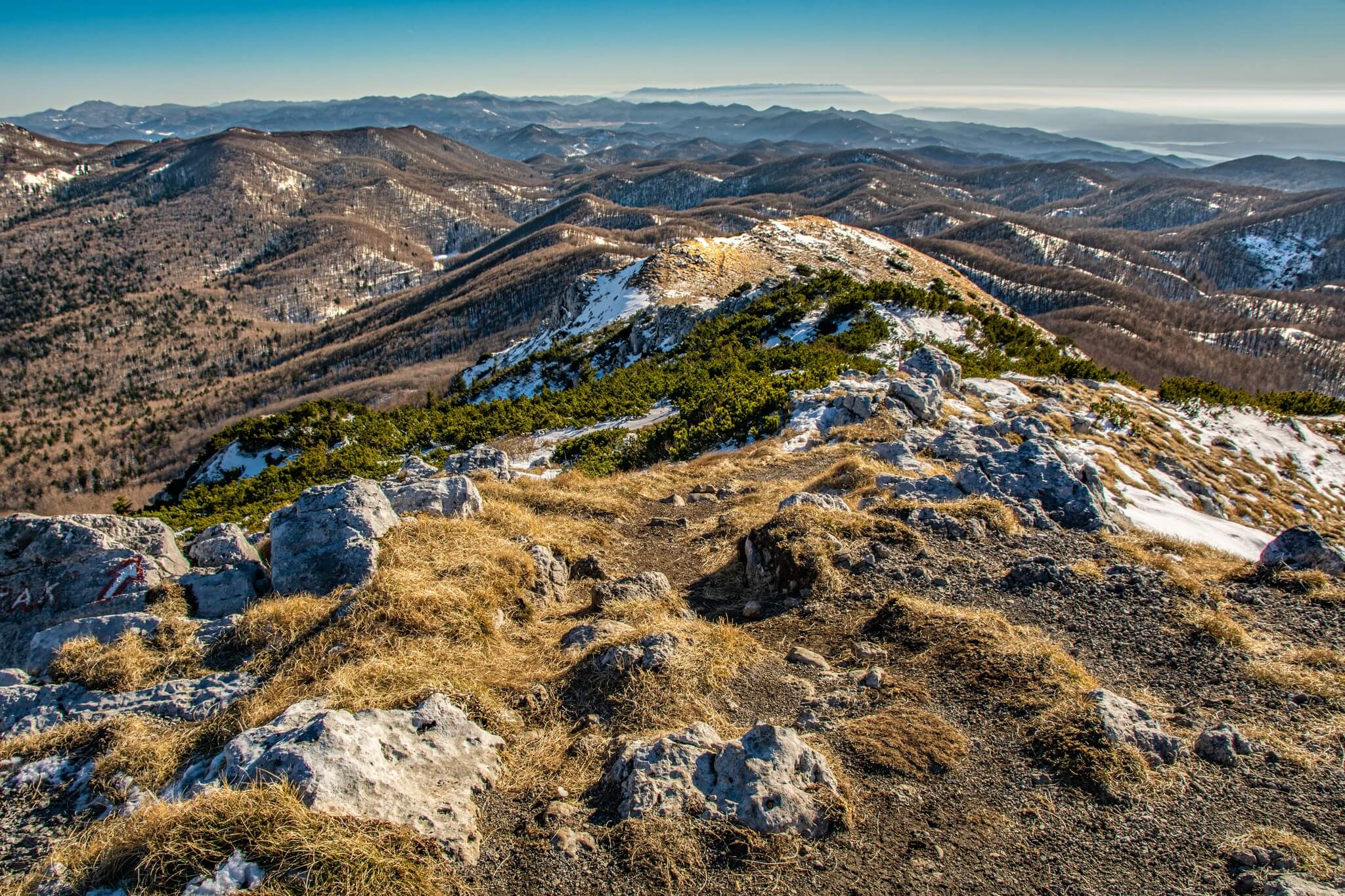 Snježnik hrvatski © Ivan Ćuća-Žentil
Snježnik hrvatski © Ivan Ćuća-Žentil
For more about Risnjak National Park, look here
Velebit
Northern Velebit National Park
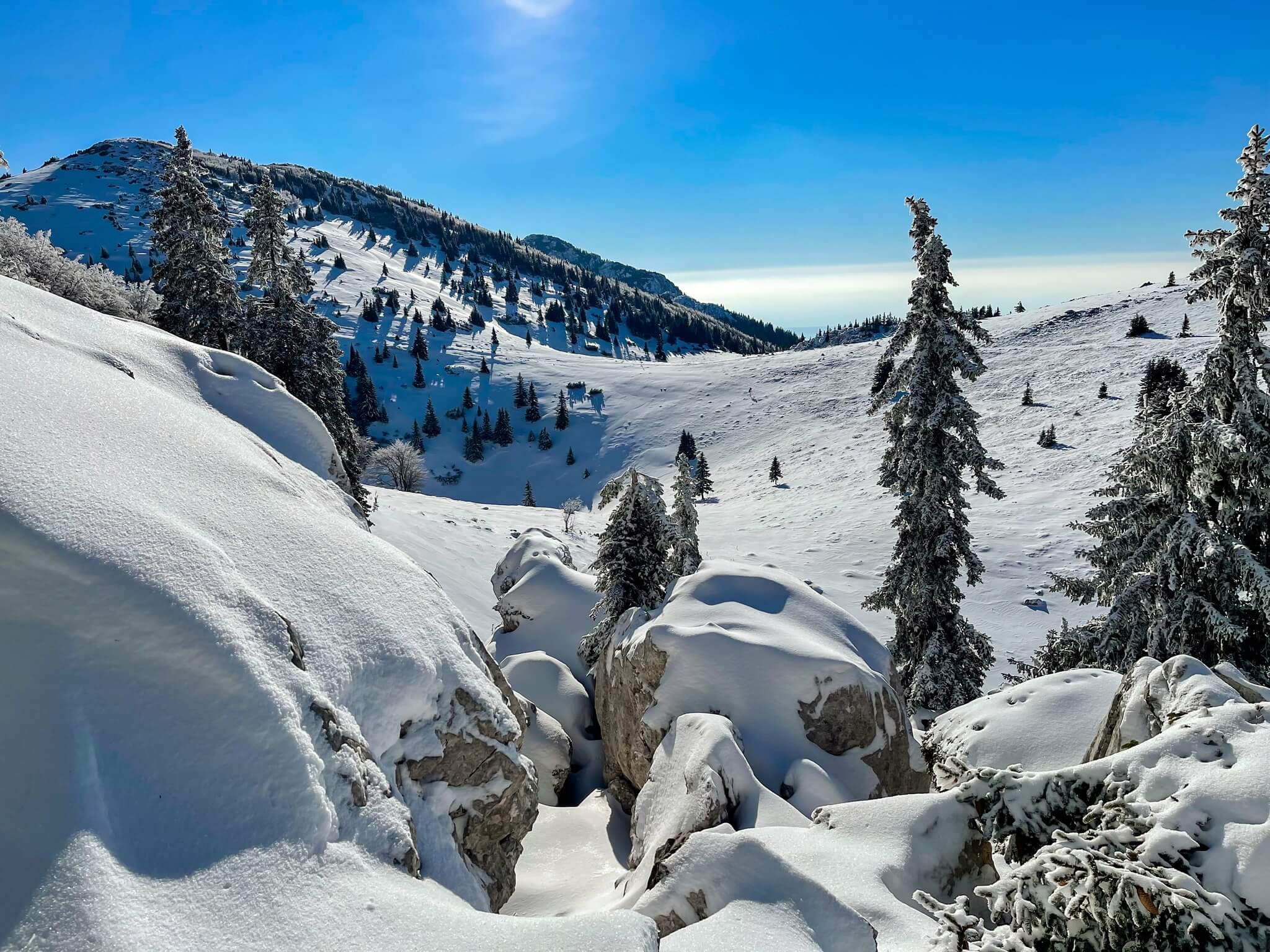 © Dejan Delač
© Dejan Delač
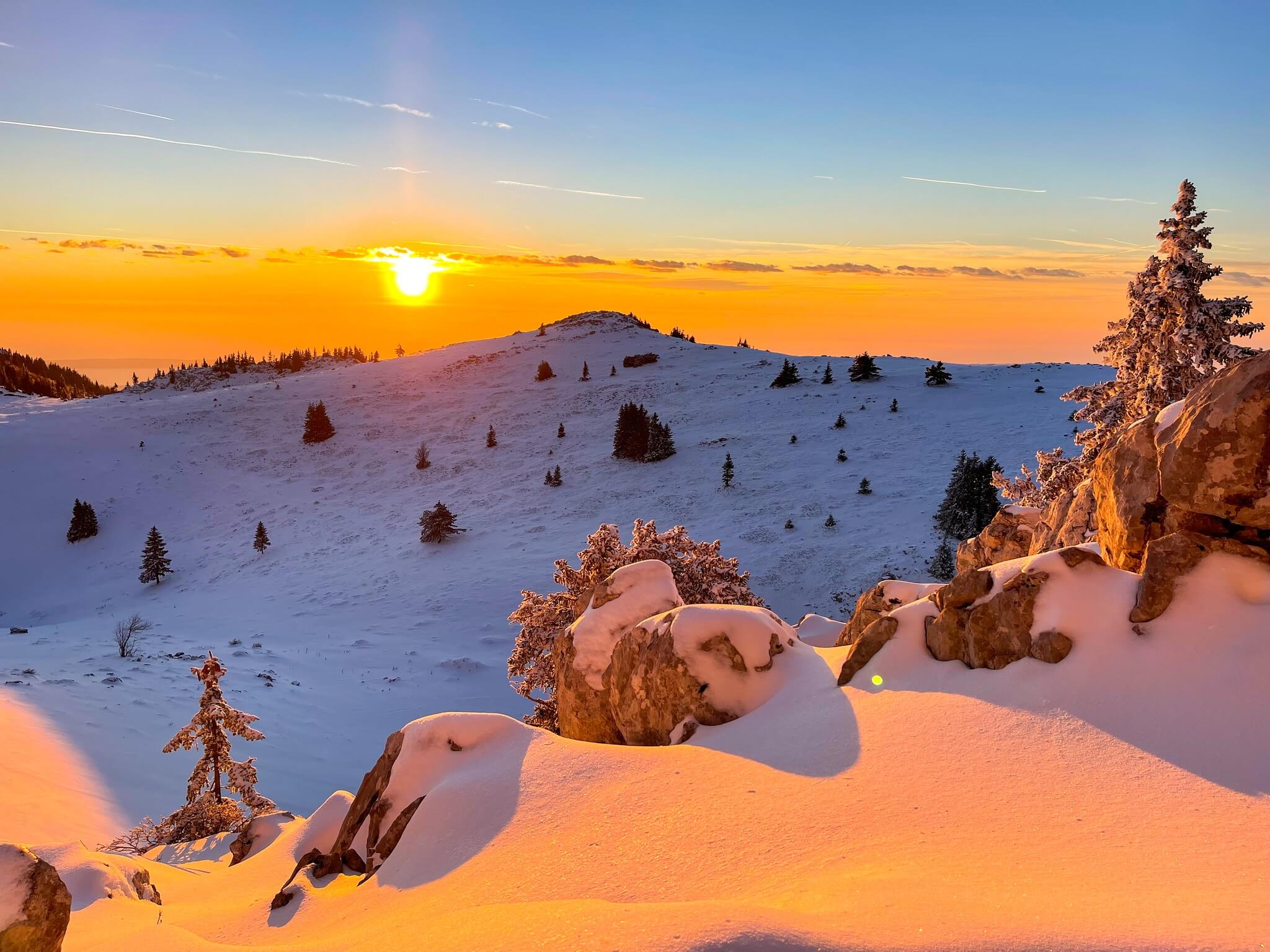 © Dejan Delač
© Dejan Delač
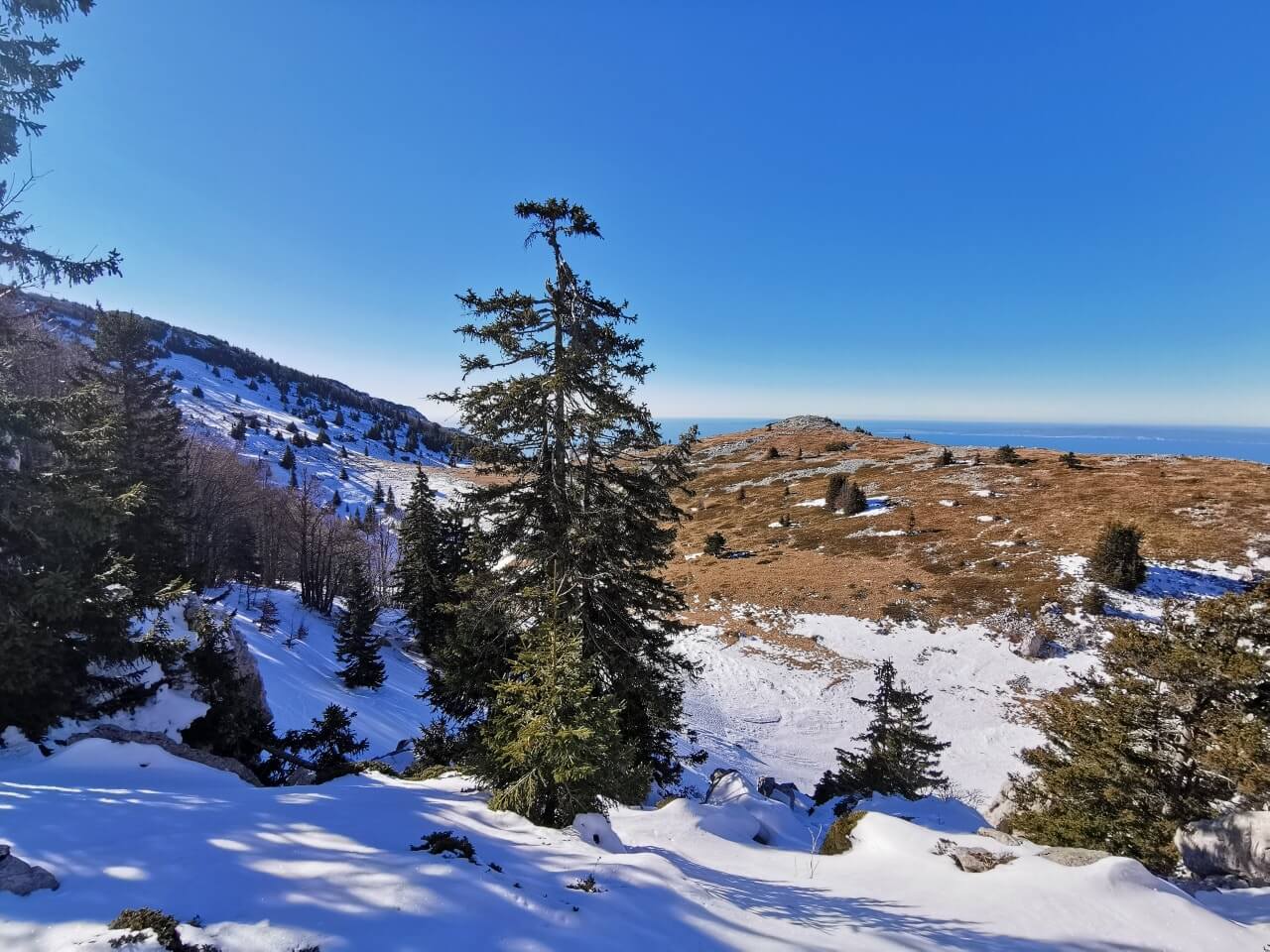 © Vedran Katalinić
© Vedran Katalinić
For more about Northern Velebit National Park, look here
Velebit Nature Park
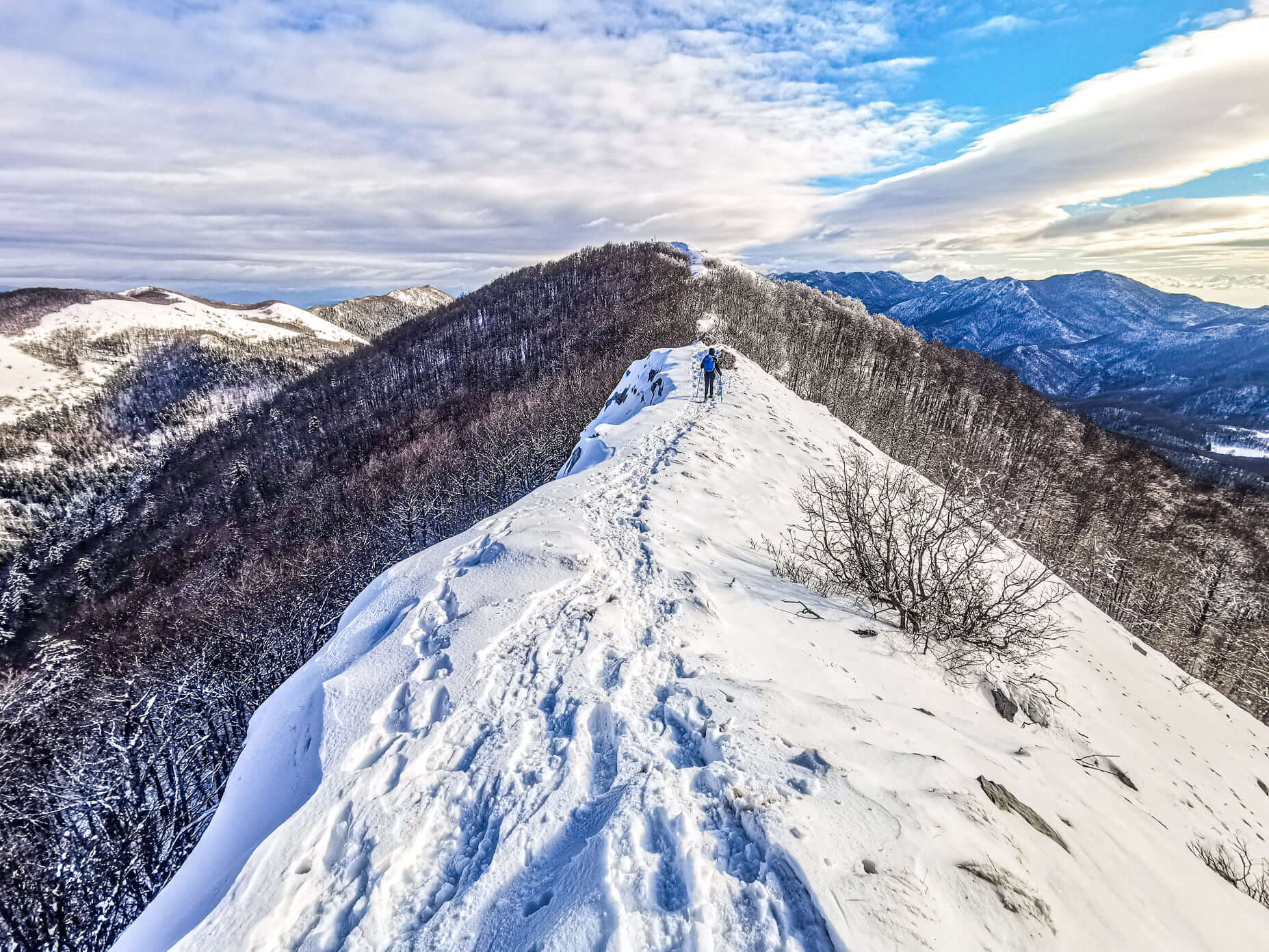 Ljubičko Brdo © Ivan Ćuća-Žentil
Ljubičko Brdo © Ivan Ćuća-Žentil
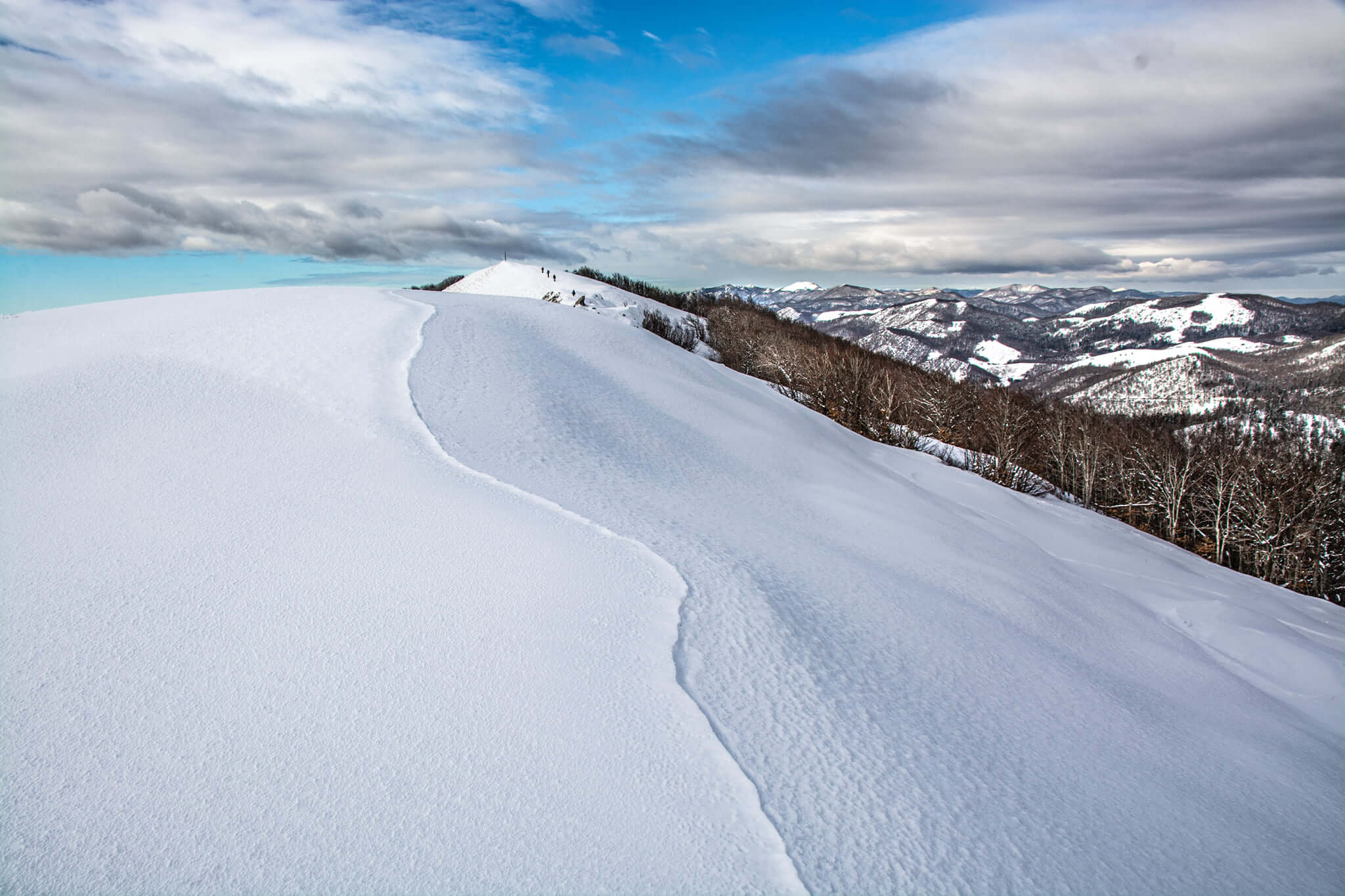 Ljubičko Brdo © Ivan Ćuća-Žentil
Ljubičko Brdo © Ivan Ćuća-Žentil
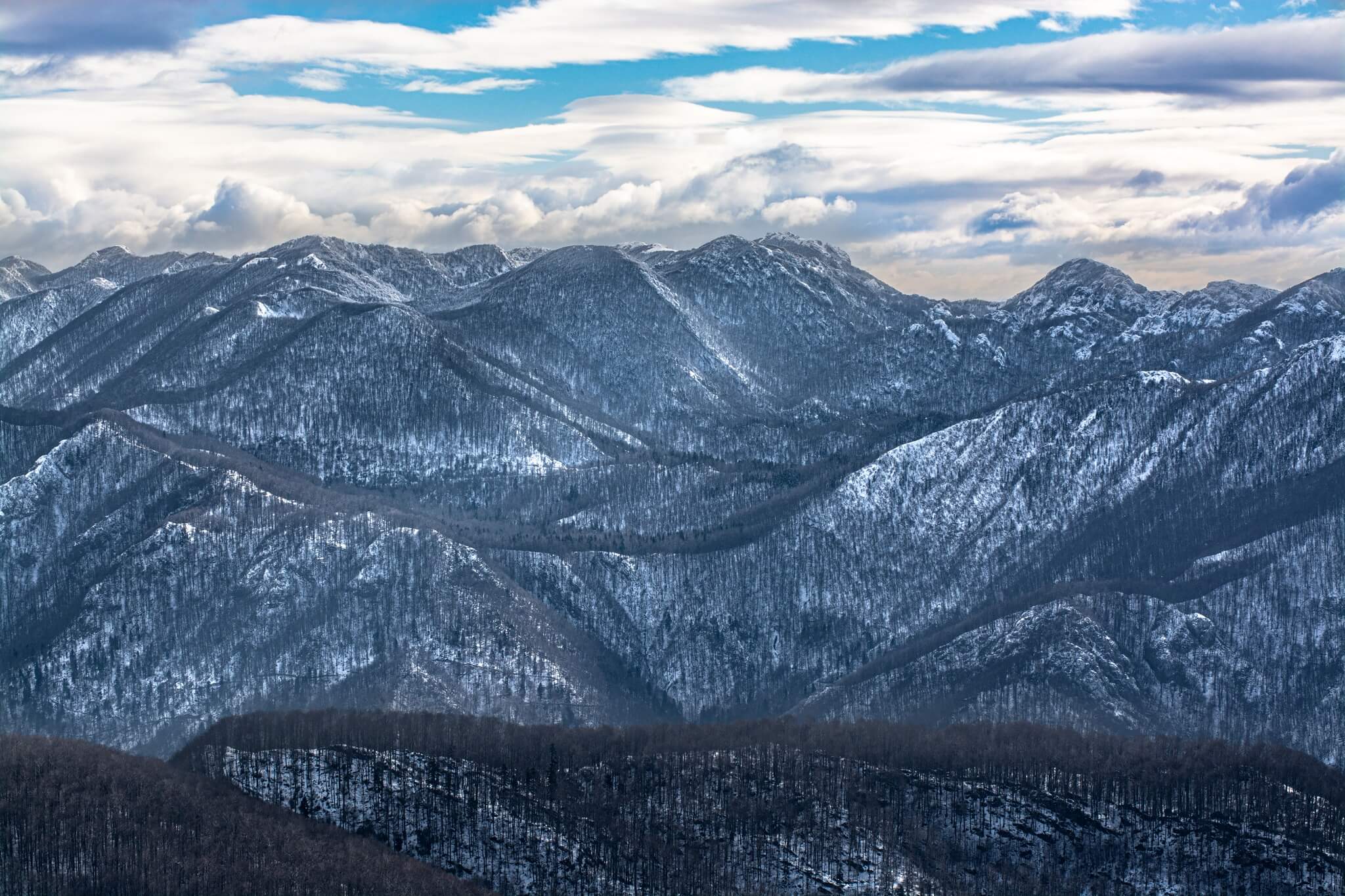 Ljubičko Brdo © Ivan Ćuća-Žentil
Ljubičko Brdo © Ivan Ćuća-Žentil
 Ljubičko Brdo © Ivan Ćuća-Žentil
Ljubičko Brdo © Ivan Ćuća-Žentil
 Ljubičko Brdo © Ivan Ćuća-Žentil
Ljubičko Brdo © Ivan Ćuća-Žentil
Paklenica National Park
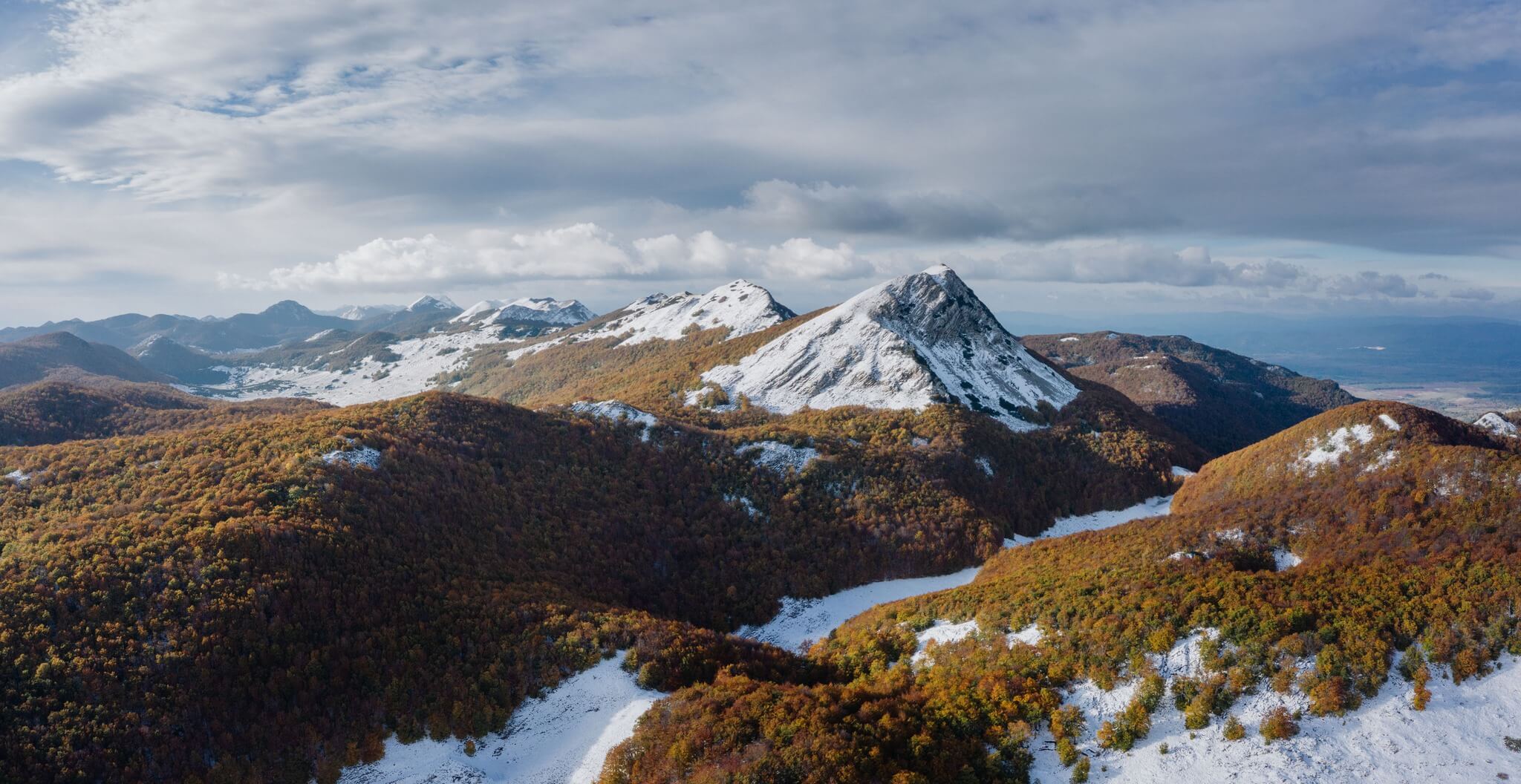 © Mario Jurina
© Mario Jurina
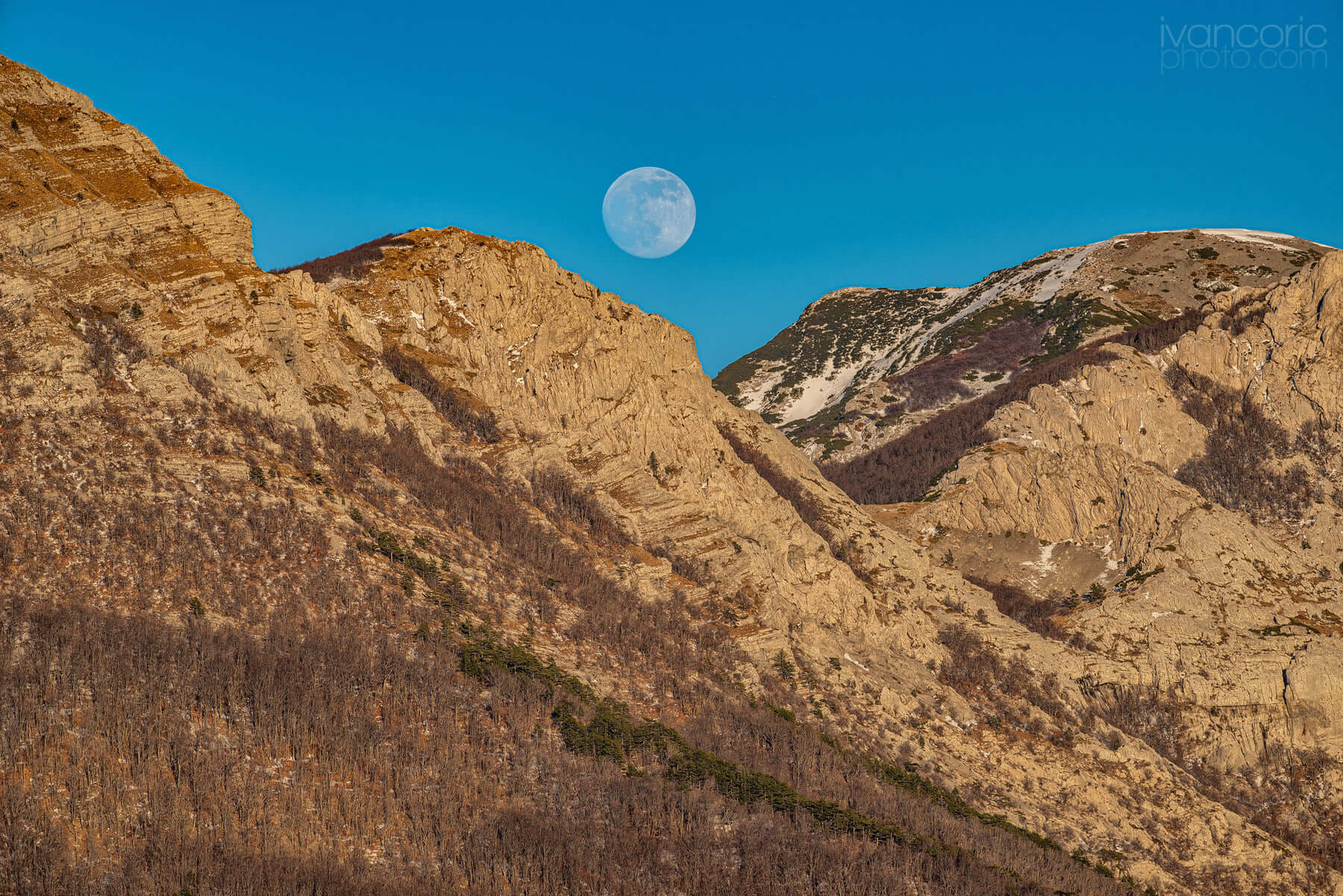 Bojinac © Ivan Coric Photography
Bojinac © Ivan Coric Photography
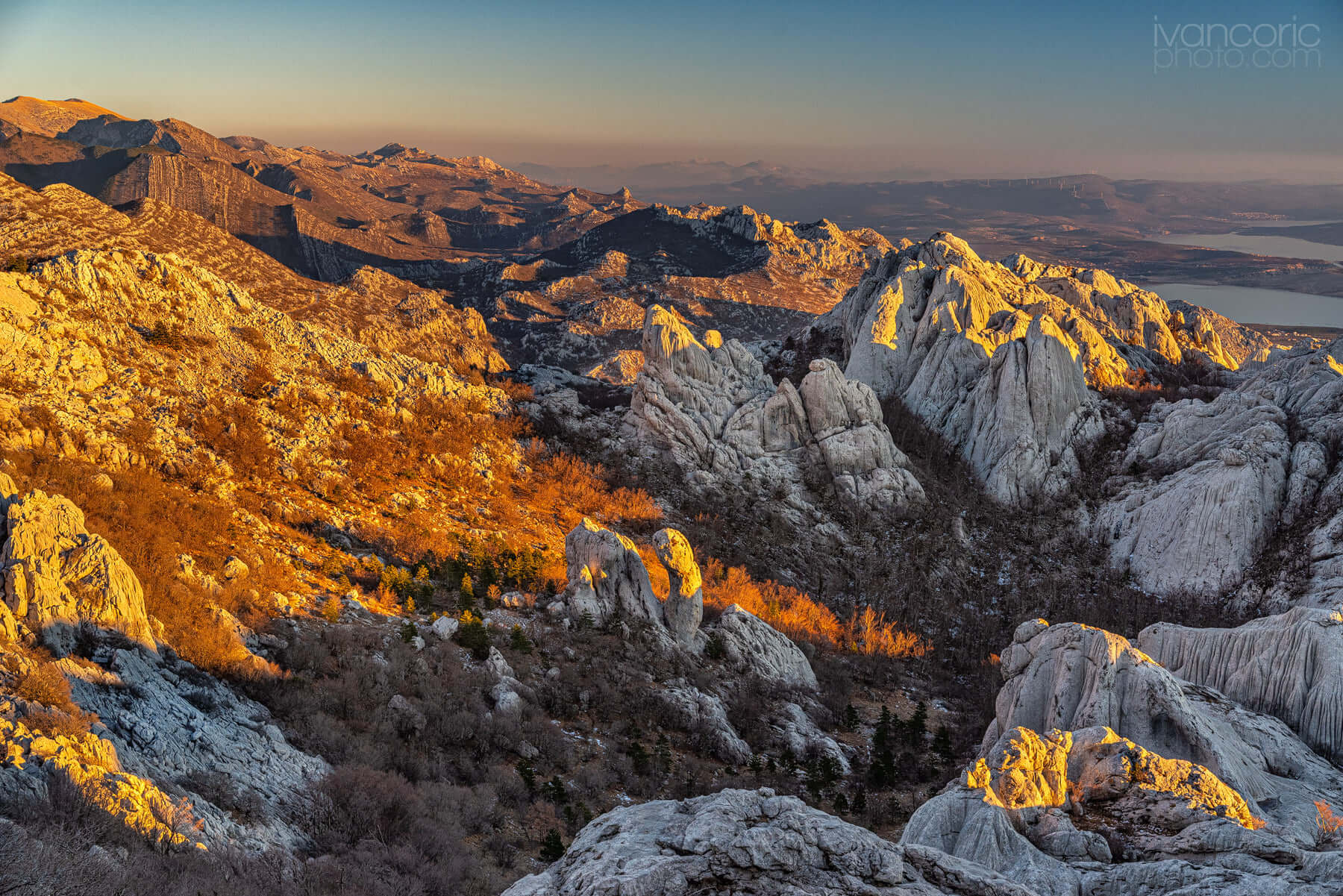 Bojinac © Ivan Coric Photography
Bojinac © Ivan Coric Photography
For more about Paklenica National Park, look here
Kloštar Podravski, Podravina and Koprivnica-Križevci County
 © Ivan Nemet
© Ivan Nemet
 © Ivan Nemet
© Ivan Nemet
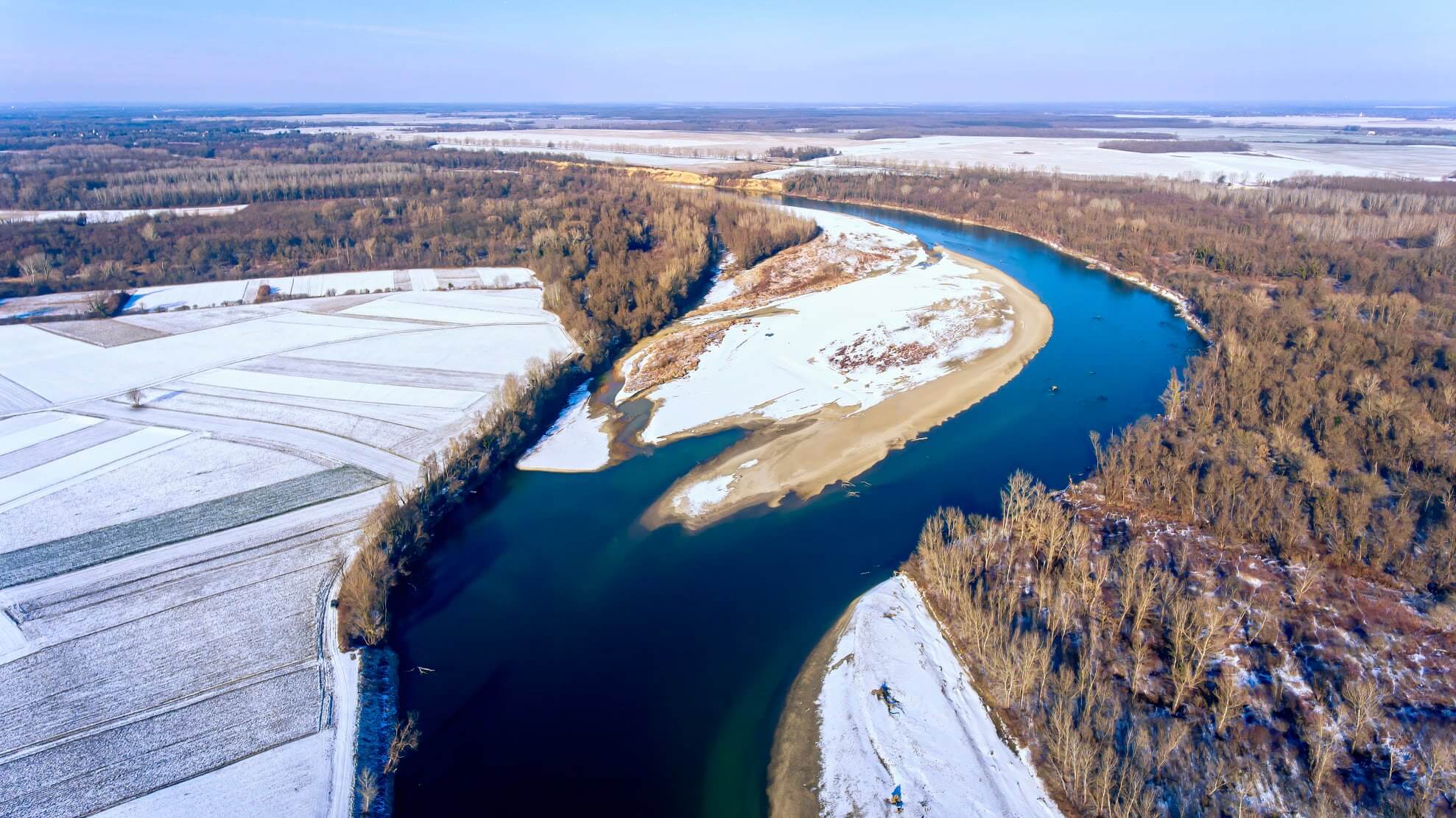 © Ivan Nemet
© Ivan Nemet
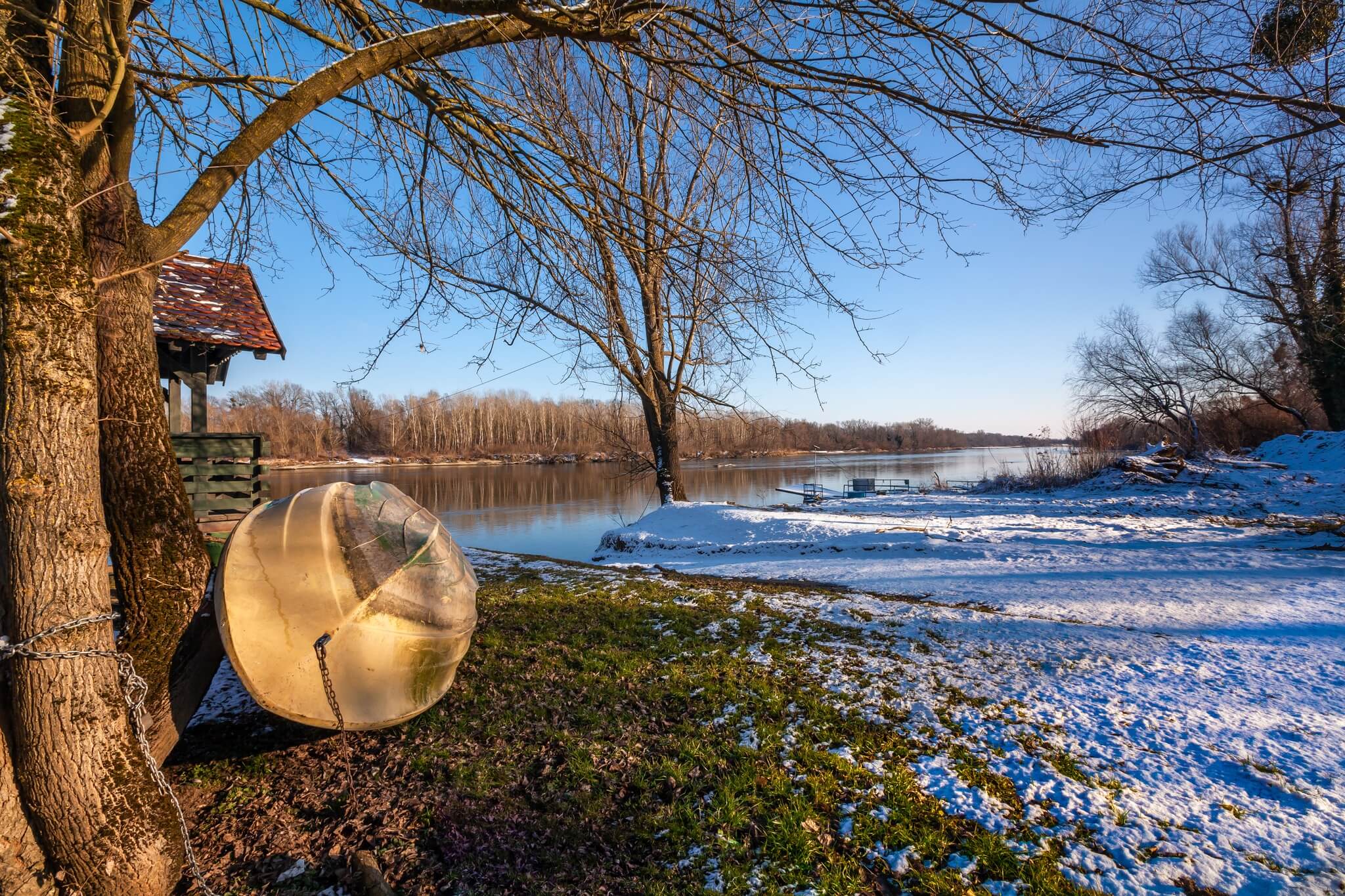 © Ivan Nemet
© Ivan Nemet
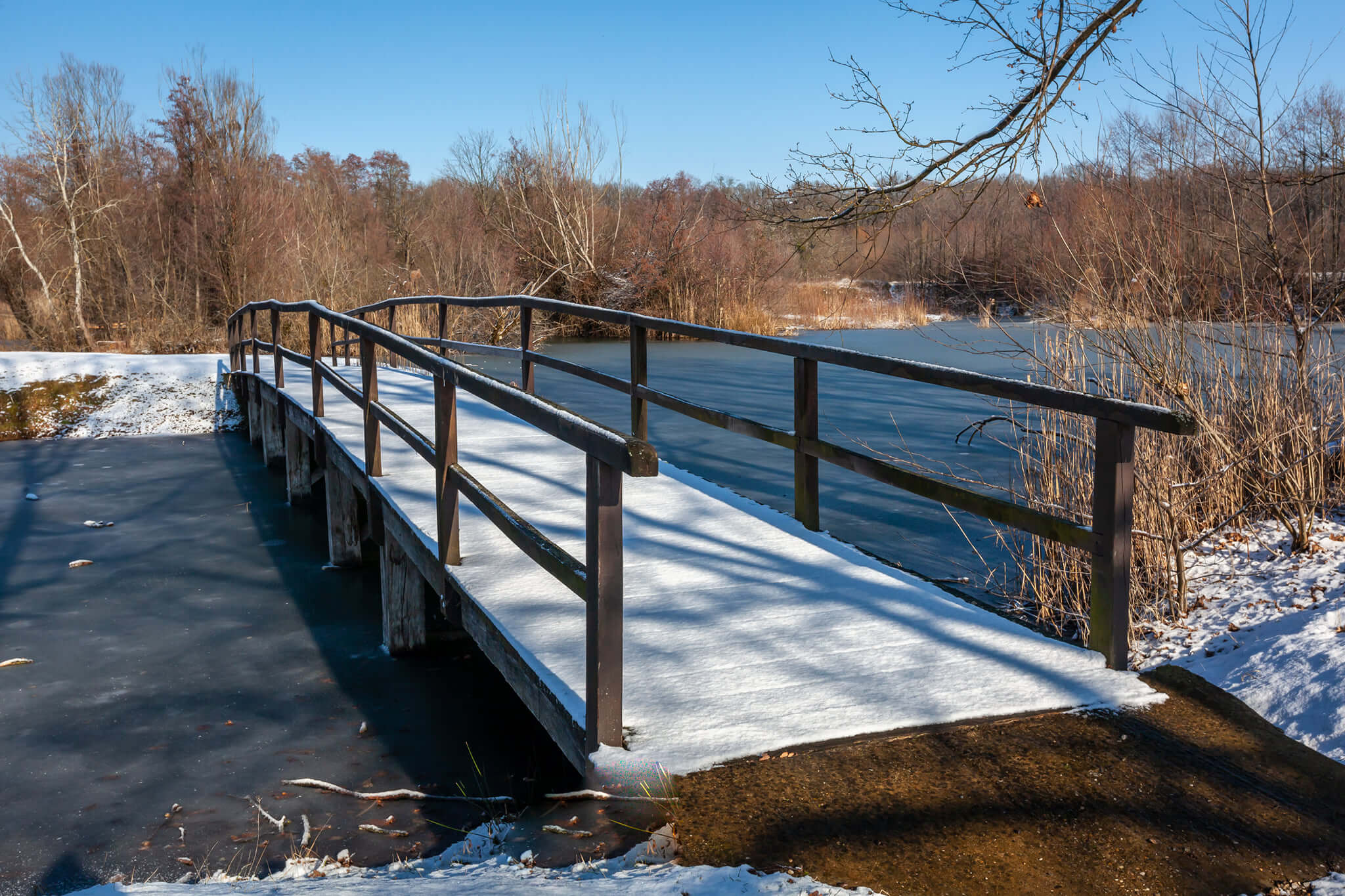 © Ivan Nemet
© Ivan Nemet
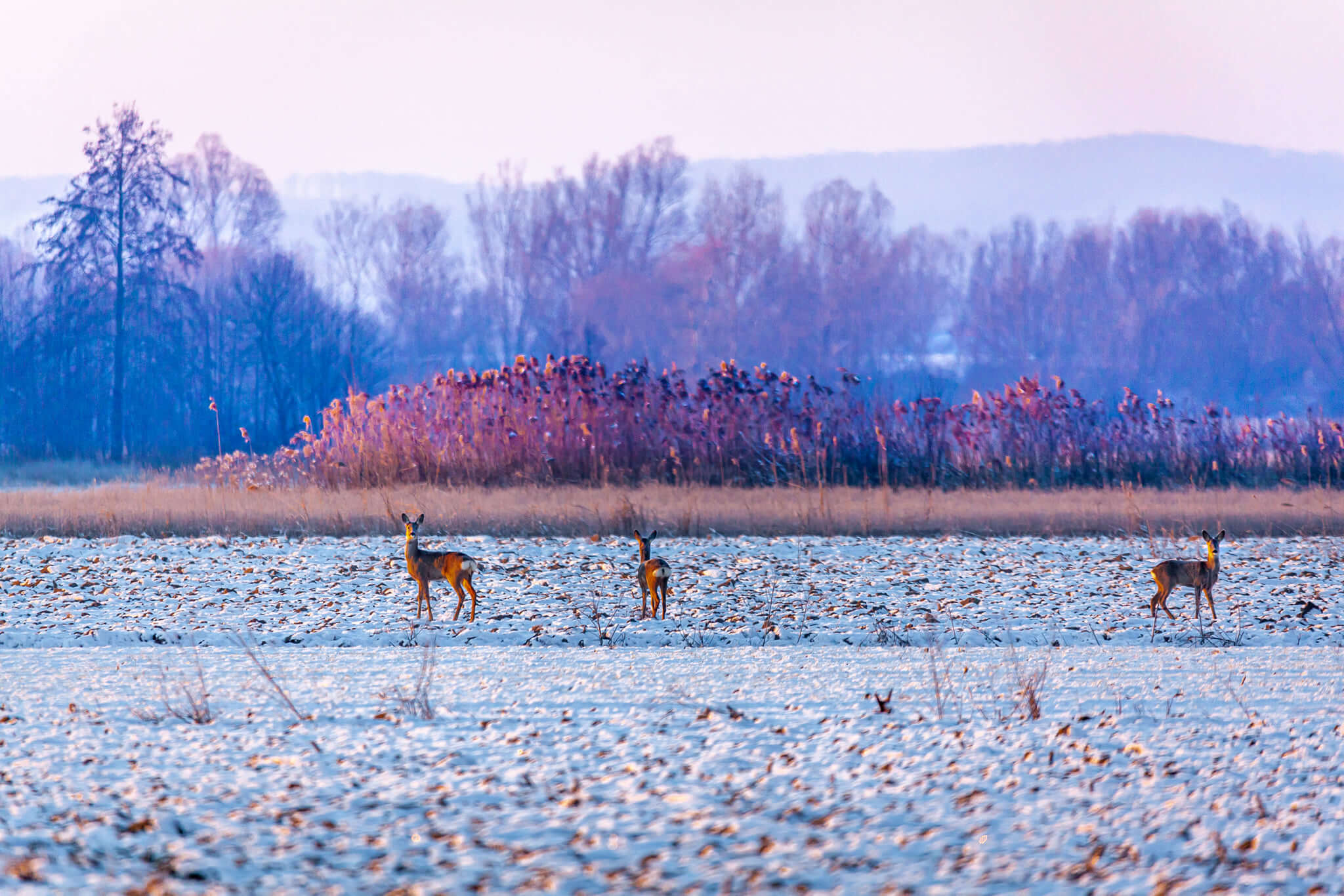 © Ivan Nemet
© Ivan Nemet
 © Ivan Nemet
© Ivan Nemet
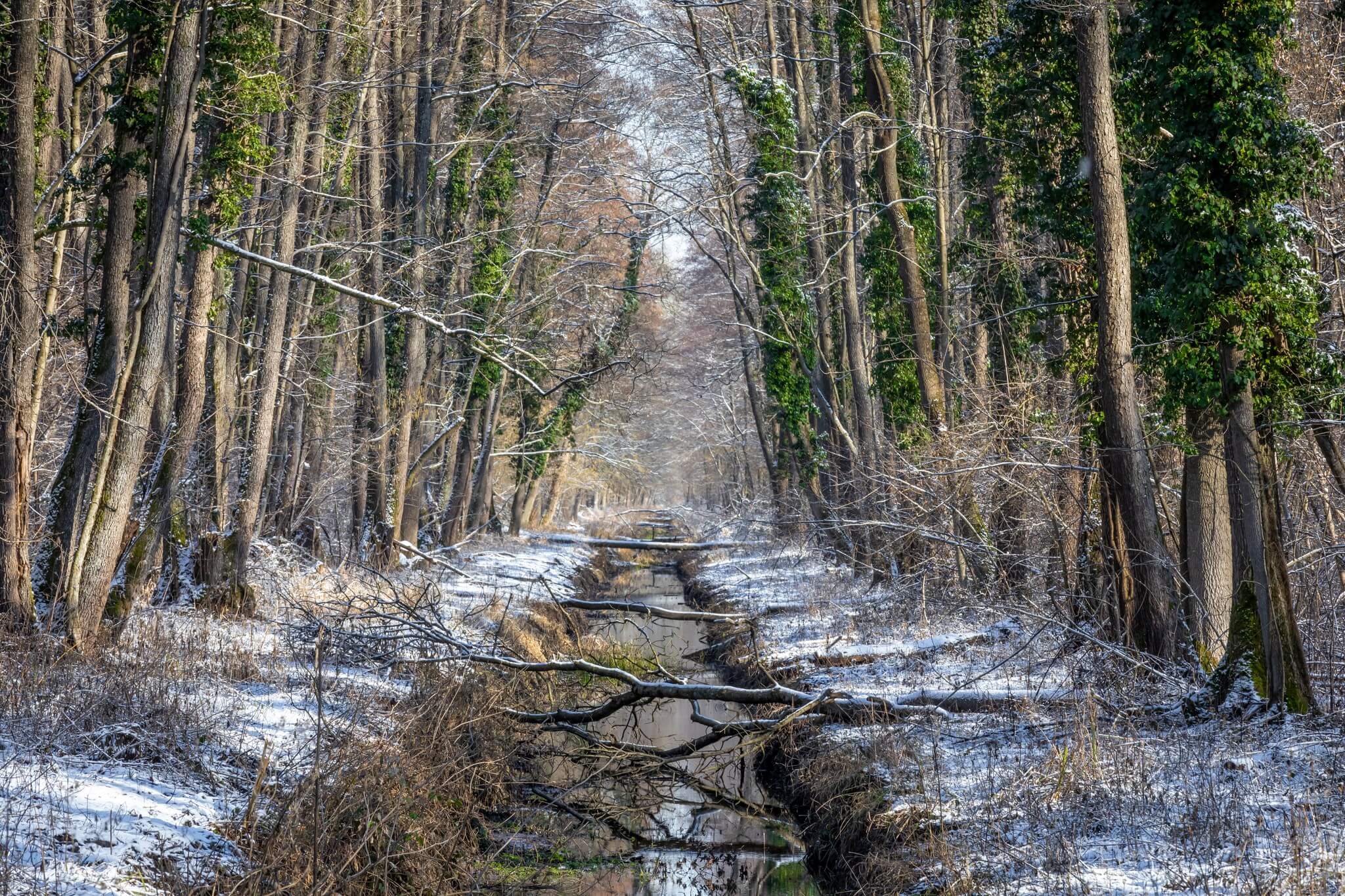 © Ivan Nemet
© Ivan Nemet
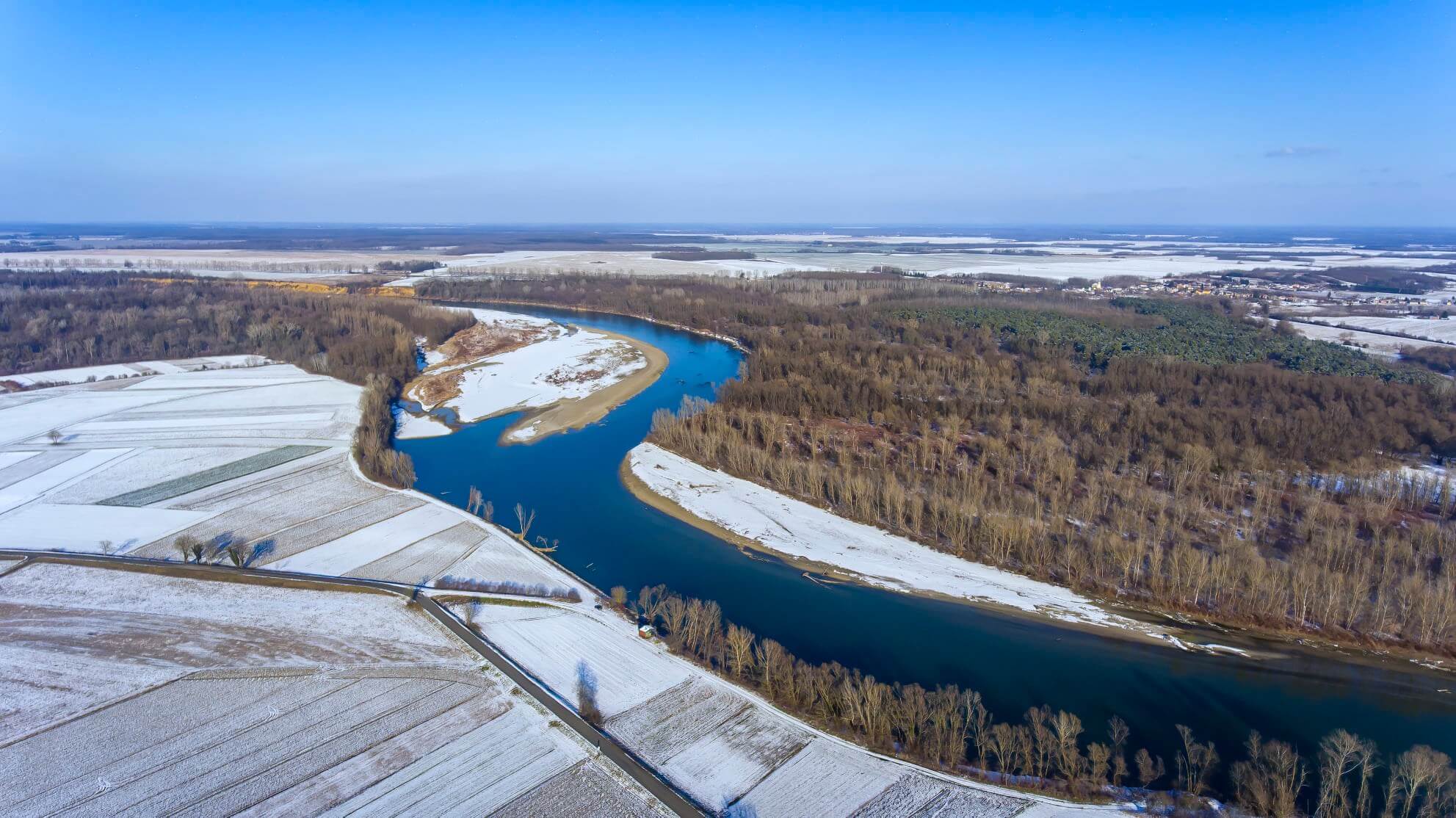 © Ivan Nemet
© Ivan Nemet
For more about the Drava river in Koprivnica-Križevci County look here. For more about the area of Podravina containing Kloštar Podravski and Đurđevac, look here
Slavonski Brod
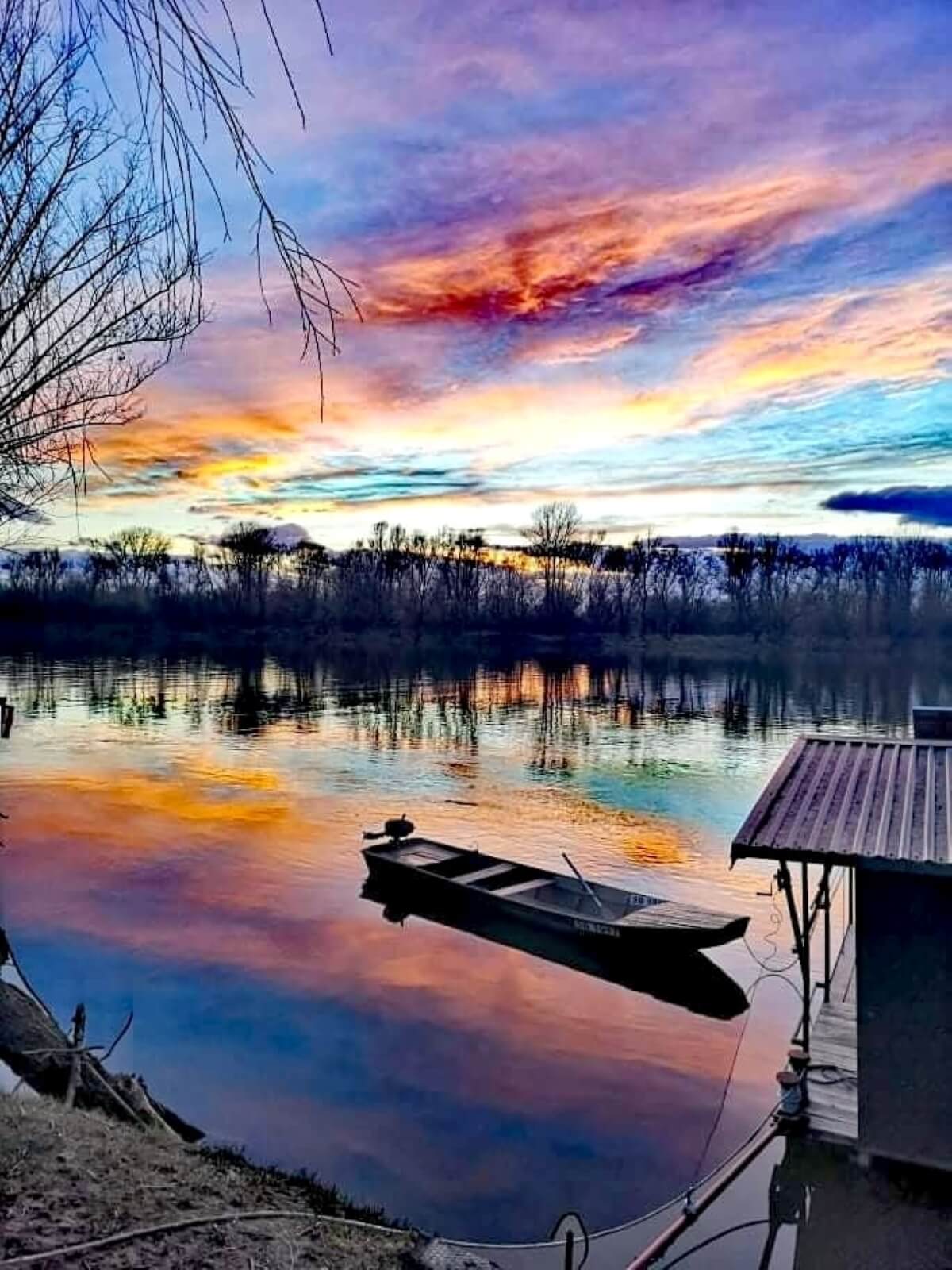 © Mirna Šikić
© Mirna Šikić
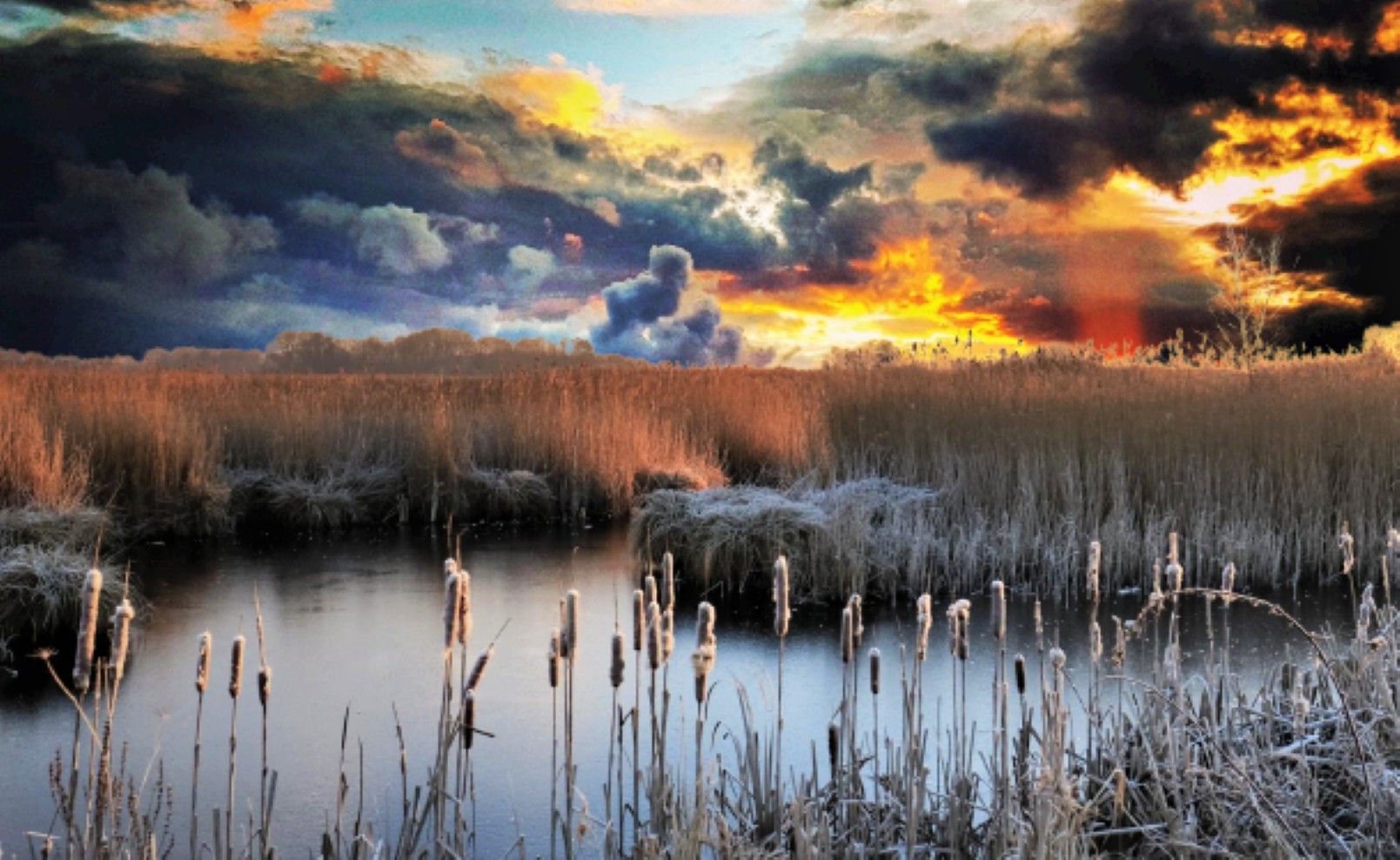 The wetlands and ponds in Oriovac near Slavonski Brod are not only home to fish - over 50 species of birds visit these waters © Antun Lukšić
The wetlands and ponds in Oriovac near Slavonski Brod are not only home to fish - over 50 species of birds visit these waters © Antun Lukšić
For more about Slavonski Brod, look here
Žumberak-Samoborsko gorje Nature Park
 The high peak of Sveti Gera, on the western edge of Žumberak-Samoborsko gorje Nature Park © Domagoj Novosel
The high peak of Sveti Gera, on the western edge of Žumberak-Samoborsko gorje Nature Park © Domagoj Novosel
The author would like to thank each of the photographers who kindly loaned their work to him for this article
Lufthansa Rijeka-Frankfurt Flights Boosted for 2022 Summer
January 8, 2022 - The latest flight news to Croatia as Lufthansa Rijeka-Frankfurt flights are boosted for the 2022 summer season.
Star Alliance member and German airline Lufthansa will increase the number of weekly rotations between Frankfurt and Rijeka in the upcoming summer flight schedule, reports Croatian Aviation.
While Lufthansa has operated a regular flight between Munich and Rijeka for many years, in 2021, Lufthansa also introduced a regular line between Frankfurt and Rijeka, which was also in operation once a week, every Saturday. The company has announced operational changes to this line for the 2022 summer season.
Namely, instead of once per week, Lufthansa will operate twice a week between Frankfurt and Rijeka. The line should begin operations from Saturday, April 9, and the second weekly flight will be introduced from Wednesday, May 25. Flights on Wednesdays will take place in the evening, and on Saturdays in the morning. This will give passengers more flexibility when planning a trip to and from Kvarner, which was practically impossible with one flight a week.
A320 aircraft with a capacity of 168 seats have been announced on the route between Frankfurt and Rijeka for this summer.
Croatian Aviation adds that German Condor too will operate between Frankfurt and Rijeka in the upcoming summer season, once a week, also on Saturdays, between May 21 and September 24. Thus, Rijeka will be connected to this famous European hub by three weekly flights.
As for Munich and Rijeka, Lufthansa should operate on this route once a week in the summer, and Croatia Airlines is expected to launch three weekly flights on this route. However, we must wait to see how airlines will react to the new tender for joint advertising announced by the Croatian National Tourist Board.
Rijeka Airport is continuously recording positive announcements from airlines for this year, and several strategic partners have yet to announce their increases towards Kvarner.
For more on flights to Croatia and other travel announcements, make sure to check out our dedicated travel section.
Ryanair and RegioJet to Kvarner: New Air and Rail Routes Planned for 2022 Tourist Season
January 6, 2022 - The announcement of Ryanair and RegioJet to Kvarner will strengthen connections in the region during the 2022 tourist season.
The pandemic has brought significant changes in the last two years in connecting Kvarner with its most important markets. Last year, after many years, the region was left without Ryanair. On the other hand, in the first pandemic year, a completely new line arrived - the RegioJet railway line from Prague, reports Novi List.
This line proved to be a complete success in the first year, and RegioJet introduced Split into its itinerary last year and changed the route, which included Budapest and Zagreb instead of Ljubljana.
From the end of May to the end of September, they transported a total of 90,000 passengers with an average occupancy rate of more than 90 percent, and compared to 2020; they had 50 percent more passengers.
As things stand, the region expects to strengthen the connection this year, including the return of air traffic.
Ryanair has already announced three routes to Rijeka Airport, and RegioJet, in addition to the current line from the Czech Republic, is also announcing a line from Poland.
Specifically, according to current announcements, Ryanair will fly from Krk to Brussels, London and Stockholm. This low-budget airline, which opened a new base in Zagreb last year, first announced the Brussels-Rijeka route at the end of last year.
There will be flights from Brussels Charleroi Airport from March 27, with the line running twice a week, on Thursdays and Sundays. The B737-800 aircraft with a capacity of 189 seats will service this route, offering more than 23,000 seats on this line. Recall, Rijeka Airport had a direct line with Brussels before the pandemic, only in the peak summer months.
At the end of last year, Ryanair also released tickets for the Rijeka-London route, as usual, for Stansted Airport. However, this line was also canceled after the pandemic, and the region did not directly connect with Great Britain.
On 62 return flights, Ryanair will offer more than 23,000 seats next summer between Rijeka and London. In addition, Rijeka will be connected to Stansted, an hour's bus ride from central London, starting March 27. Fights will run twice a week, on Thursdays and Sundays, throughout the summer flight schedule until the end of October.
From March 27 to October 27, the line to Stockholm is also announced twice a week, on Thursdays and Sundays. Ryanair already flew from Rijeka to Stockholm, but to the secondary airport Skavsta, with this line being interrupted before the pandemic.
Ryanair will now fly to Stockholm's main airport, Arlanda, instead of Skavsta. For now, Condor flights to Düssledorf and Frankfurt, and a Lufthansa line to Frankfurt are also announced.
This year's novelty is that the Czech RegioJet will introduce a new railway line from Poland into its itinerary. Not all the details have been defined, but the recognizable yellow trains will likely run from Krakow.
Namely, RegioJet submitted a draft timetable to the competent Czech railway office, applied in the 2022 summer season. The train will run three times a week, Polish media write.
According to Nakolei.pl, the Railway Office has published a request from RegioJet regarding the launch of a passenger train on the route Kraków Główny - Rijeka / Split - Kraków Główny.
The carrier has expressed readiness to provide a new passenger transport service from June 15 this year to September 26, 2026, with the new service to be provided every year from June to September during the summer school holidays.
This shows that the Czechs are counting on this line in the long run and that they see potential in the Polish market, which this year was extremely important for Croatia and is one of the four strongest markets for Croatia. Namely, Poles achieved an 8% better turnover in Croatia in 2021 than the record 2019.
Therefore, it is clear that RegioJet is counting very seriously on this large Central European market and the desire of Poles to spend their holidays and holidays on the Adriatic.
Preliminary agreements say that RegioJet plans three lines a week, on Mondays, Wednesdays, and Saturdays from the Rijeka / Split station and three lines a week on Tuesdays, Fridays, and Sundays from the Krakow Główny station.
However, in case of high demand for tickets, the carrier leaves open the option of trains running daily during the summer, as is the case with the line from Prague, which runs daily through July and August.
According to Polish media, the train will be available in Poland only in international traffic, so the new RegioJet service will not be available for domestic transport.
Although the RegioJet timetable is still under development, it is estimated that the new railway line would depart from Krakow in the afternoon and pass Katowice, Tychy, Rybnik, Wodzisław Slaski, Ostaw, Hranica na Morawie, Przerów, Otrokowice, Brzecław, Vienna, Wiener Neustadt, Graz, Zagreb and Ogulin.
As with the line from Prague, the train would be divided into two, and one part of the wagon would go on to Rijeka and part to Split. The train will consist of 7 to 15 carriages.
For more on flights to Croatia and other travel announcements, make sure to check out our dedicated travel section.
Enjoy the Holiday Magic in Opatija With a 360° Virtual Walk
Take a virtual walk around Opatija in its holiday gear, from enchanting parks and iconic hotels to the famous seaside promenade lungomare
Although Christmas has passed, cities all over Croatia continue to don their holiday gear for another week or so. While most Advent programmes typically last through the first week of the year, come January 1st, they somehow just don’t feel the same anymore.
That being said, the next few days leading up to New Year’s Eve are a perfect opportunity to enjoy the festive atmosphere in town while the lights and decorations are still up.
Don’t fancy mingling with crowds (or getting off the couch) these days? We get you - thankfully, there’s a way to stroll around town without having to leave the comfort of your own home.
Screenshot of Opatija Advent page, photo © Rajko Mrvos
Today, we present to you a lovely virtual tour of Opatija, the historic town on the coast of Kvarner Bay. Created by Rajko Mrvos in collaboration with Opatija Tourist Board, the 360° tour is composed of 30 panoramic photos showcasing the town in all its glamorous holiday glory.
Set to a festive musical backdrop, the tour will take you from Opatija’s enchanting parks and iconic hotels to the famous seaside promenade lungomare. You can toggle between daytime and nighttime panoramas, or take a walk with 360 VR video footage:
Head to the Opatija Advent page to enjoy the splendid landscapes, and check out Rajko Mrvos's ZooM Studio Youtube Channel for more virtual tours of Croatia.
Want to learn more about Opatija? Look no further than our Total Croatia guide Opatija in a page.
Kvarner Luxury Tourism Opportunities There if Country Grabs Chance
November the 24th, 2021 - There is a fantastic opportunity for Kvarner luxury tourism if Croatia decides to grab its chance.
Rijeka and its surroundings might have a firmly industrial past, the city even invented the Torpedo, but there is much more to this more Northern Adriatic part of the country than meets the eye, especially for those who perhaps don't look much further north than Split, or maybe Zadar at a push.
As Poslovni Dnevnik/Marija Crnjak writes, the Republic of Croatia has a great opportunity to develop luxury tourism, especially in destinations that offer luxury hotels and villas, marinas and restaurants of high quality, said Minister of Tourism Nikolina Brnjac at a conference entitled "The potential for luxury tourism in Kvarner", which was held on Monday in Opatija.
Minister Nikolina Brnjac pointed out that there are ten Michelin-starred restaurants dotted across Croatia, adding that gastronomy is an important segment of tourism of the highest level, as Croatian cuisine is popular and extremely varied from region to region, despite the country covering quite a small surface area in the grand scheme of things.
"This season we've been one of the most successful tourist countries in the entire Mediterranean, and luxury tourism has certainly contributed to that, with an important role for the safety of guests," said Brnjac.
The president of the hotel group Stories, Nenad Nizic, said that this year the opportunity was used for guests who normally go on long trips to come to Croatia, and because of the unpredictable nature of the pandemic, things have been made much more difficult. That said, Croatia has proven to be a very good destination for guests looking for luxury and a special approach.
In the first place, they require the level of service, which must be fast and high quality. The director of the Croatian Tourist Board (HTZ), Kristjan Stanicic, assessed that simultaneous luxury and mass tourism in the same destination is possible, but with the smart management of the destination, citing the example of Dubrovnik.
For more, check out our travel section.


